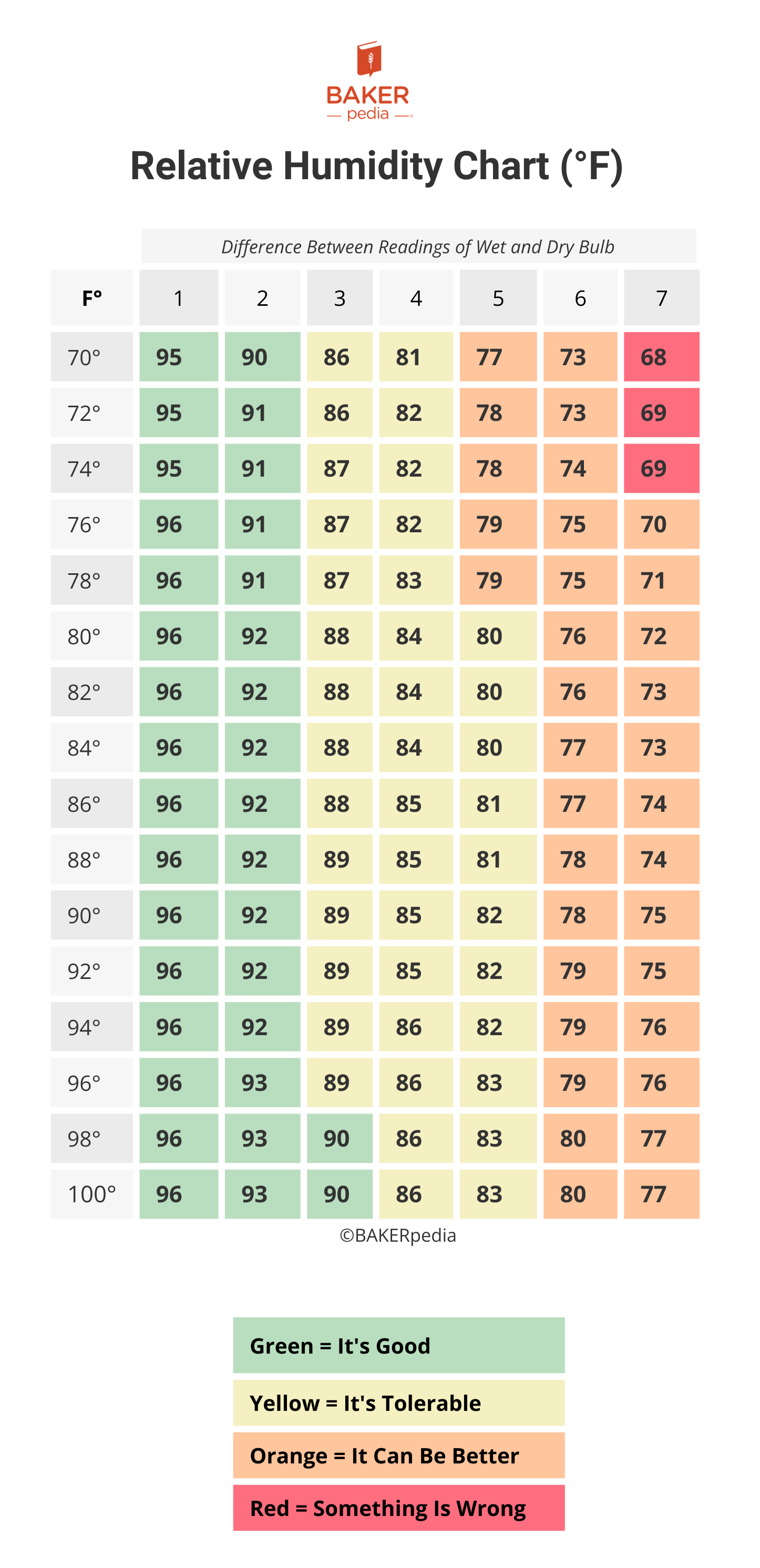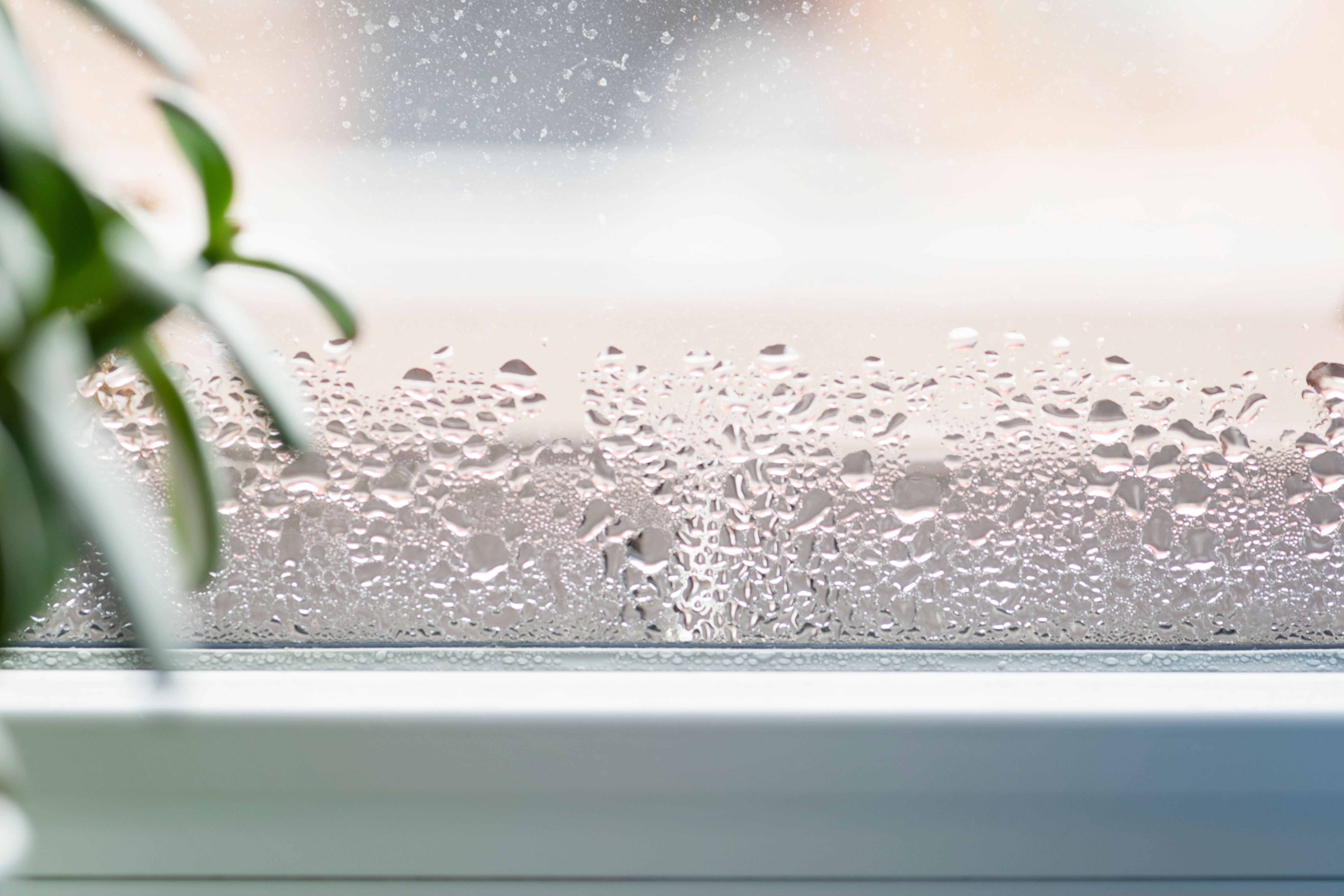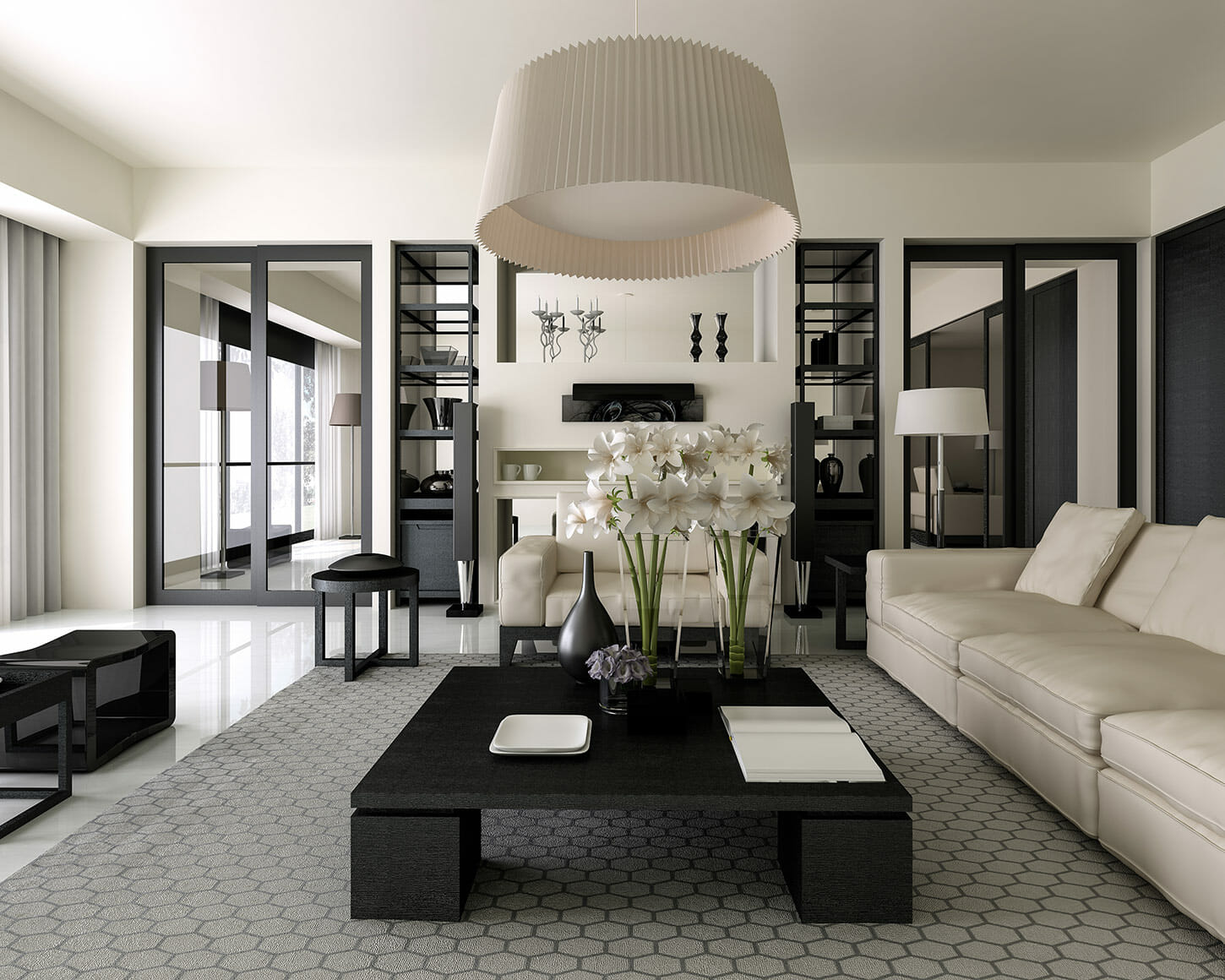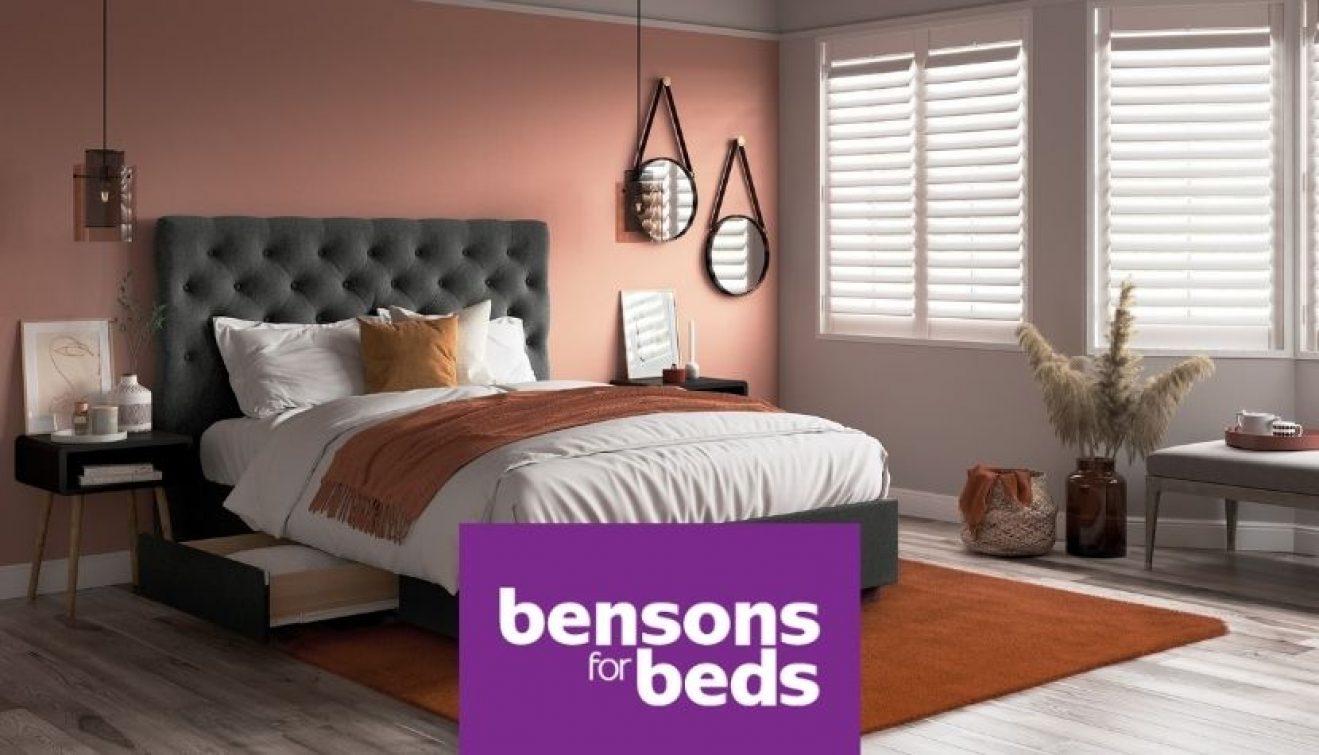Designing a kitchen in a high humidity environment can be a challenge, but with the right knowledge and materials, it is possible to create a functional and beautiful space. Humidity can cause a lot of damage to your kitchen, from warping cabinets to promoting mold growth. Therefore, it is important to take into consideration the specific needs of a high humidity kitchen when designing it.1. Kitchen Design for High Humidity Environments
When designing a kitchen in a high humidity area, it is important to choose materials that can withstand moisture. This includes using materials that are resistant to warping, mold, and mildew. Consider using materials such as stainless steel, laminate, and sealed wood to prevent damage to your kitchen.2. Tips for Designing a Kitchen in a High Humidity Area
Kitchen cabinets are one of the most important elements of a kitchen, and they can be greatly affected by high humidity. To ensure the longevity of your cabinets, it is important to choose materials that are resistant to moisture. Some of the best options include stainless steel, marine-grade plywood, and solid hardwood with a moisture-resistant finish.3. Best Materials for Kitchen Cabinets in High Humidity
Mold and mildew thrive in humid environments, and the kitchen is no exception. To prevent these harmful growths from occurring, it is important to maintain proper ventilation in your kitchen. This can be achieved through the use of exhaust fans, opening windows, and using a dehumidifier if necessary.4. How to Prevent Mold and Mildew in a High Humidity Kitchen
When it comes to flooring in a high humidity kitchen, the main concern is moisture resistance. Some of the best flooring options for a humid environment include ceramic tile, vinyl, and concrete. These materials are not only resistant to moisture, but also easy to clean and maintain.5. High Humidity Kitchen Flooring Options
The paint you use in your kitchen can also play a role in preventing damage from high humidity. Look for paints that are specifically designed for high humidity environments, as they are more resistant to mold and mildew. You can also consider using a high-gloss finish, which is easier to clean and more moisture-resistant than other finishes.6. Choosing the Right Paint for a High Humidity Kitchen
Proper ventilation is crucial in a high humidity kitchen. Without it, excess moisture can build up and cause damage to your kitchen. Installing an exhaust fan above the stove and using a range hood with an external vent can help remove excess moisture and prevent mold growth. Additionally, opening windows and using a dehumidifier can also help keep humidity levels in check.7. Ventilation Solutions for High Humidity Kitchens
The countertops in your kitchen are constantly exposed to moisture, making it important to choose materials that can withstand high humidity. Some of the best options include granite, quartz, and stainless steel. These materials are not only durable and moisture-resistant, but also add a touch of luxury to your kitchen.8. Designing a Kitchen with High Humidity-Resistant Countertops
In addition to using moisture-resistant materials, proper insulation is also important in a high humidity kitchen. Insulation helps to regulate temperature and prevent condensation, which can lead to mold and mildew growth. Make sure to properly insulate your walls and ceiling to keep your kitchen protected from excess moisture.9. The Importance of Proper Insulation in High Humidity Kitchens
Once you have designed and built a high humidity kitchen, it is important to maintain it properly to ensure its longevity and functionality. Regularly cleaning and properly ventilating your kitchen can prevent moisture buildup and damage. Additionally, it is important to address any issues with leaks or water damage as soon as possible to prevent further damage.10. How to Maintain a High Humidity Kitchen for Longevity and Functionality
How to Design a Kitchen for High Humidity Environments
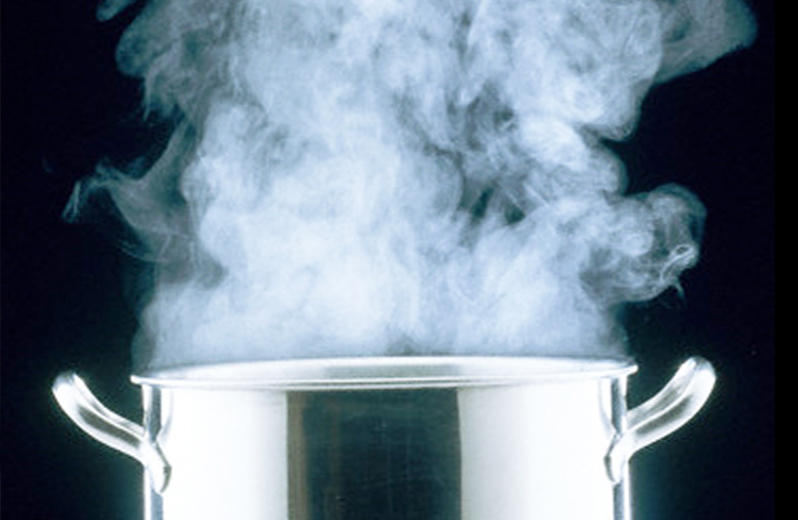
Understanding the Impact of High Humidity on Kitchen Design
 High humidity is a common issue in many homes, especially in areas with warmer climates or during the summer months. While it can cause discomfort and damage to furniture and appliances, it can also significantly impact the design of your kitchen. The excess moisture in the air can lead to mold and mildew growth, warping of wood, and corrosion of metal surfaces. Therefore, it is essential to consider the effect of high humidity when designing your kitchen to ensure a functional and durable space.
High humidity is a common issue in many homes, especially in areas with warmer climates or during the summer months. While it can cause discomfort and damage to furniture and appliances, it can also significantly impact the design of your kitchen. The excess moisture in the air can lead to mold and mildew growth, warping of wood, and corrosion of metal surfaces. Therefore, it is essential to consider the effect of high humidity when designing your kitchen to ensure a functional and durable space.
Choosing the Right Materials
 When it comes to kitchen design in high humidity environments, material selection is crucial.
Water-resistant and moisture-proof materials
are a must to avoid damage and ensure longevity. For cabinets and countertops, opt for materials such as stainless steel, plastic laminate, or sealed hardwood. These are not only resistant to moisture but also easy to clean and maintain. Avoid using natural materials like unsealed wood, as they are prone to warping and mold growth.
When it comes to kitchen design in high humidity environments, material selection is crucial.
Water-resistant and moisture-proof materials
are a must to avoid damage and ensure longevity. For cabinets and countertops, opt for materials such as stainless steel, plastic laminate, or sealed hardwood. These are not only resistant to moisture but also easy to clean and maintain. Avoid using natural materials like unsealed wood, as they are prone to warping and mold growth.
Proper Ventilation
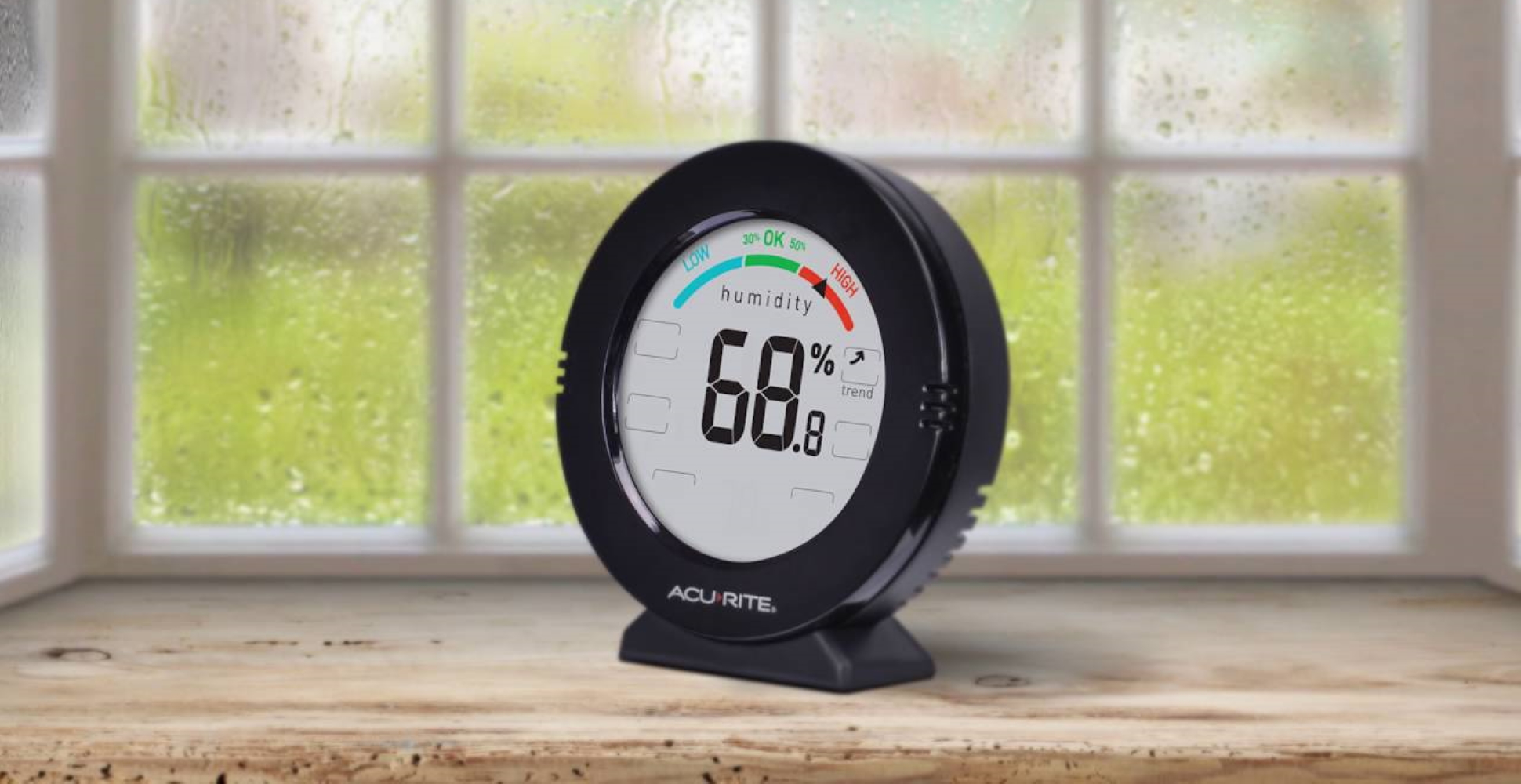 To combat high humidity in the kitchen, proper ventilation is essential.
A well-ventilated kitchen allows for the excess moisture to escape, reducing the risk of mold and mildew growth.
Make sure your kitchen has a functional range hood that vents outside, and consider installing a dehumidifier to regulate the humidity levels. Additionally, having windows in the kitchen can also aid in air circulation and reduce humidity.
To combat high humidity in the kitchen, proper ventilation is essential.
A well-ventilated kitchen allows for the excess moisture to escape, reducing the risk of mold and mildew growth.
Make sure your kitchen has a functional range hood that vents outside, and consider installing a dehumidifier to regulate the humidity levels. Additionally, having windows in the kitchen can also aid in air circulation and reduce humidity.
Layout Considerations
 In a high humidity environment, it is essential to consider the layout of your kitchen to prevent moisture buildup.
Avoid placing appliances too close together, as this can trap moisture and lead to mold growth.
Leave enough space between the fridge, dishwasher, and stove to promote air circulation. It is also recommended to have a separate area for the sink and dishwasher as these are the primary sources of moisture in the kitchen.
In a high humidity environment, it is essential to consider the layout of your kitchen to prevent moisture buildup.
Avoid placing appliances too close together, as this can trap moisture and lead to mold growth.
Leave enough space between the fridge, dishwasher, and stove to promote air circulation. It is also recommended to have a separate area for the sink and dishwasher as these are the primary sources of moisture in the kitchen.
Regular Maintenance
 Lastly, regular maintenance is crucial to keep your kitchen in top shape in high humidity environments.
Clean up any spills or leaks immediately to prevent moisture from seeping into the materials.
Regularly check for signs of mold, mildew, or water damage and address them promptly. Additionally, make sure to keep your kitchen well-ventilated and use a dehumidifier if needed.
In conclusion, designing a kitchen for high humidity environments requires careful consideration of materials, ventilation, layout, and maintenance.
By choosing the right materials, ensuring proper ventilation, and regularly maintaining your kitchen, you can create a functional and durable space that can withstand the challenges of high humidity.
Keep these tips in mind when designing your kitchen, and you can enjoy a beautiful and moisture-free space for years to come.
Lastly, regular maintenance is crucial to keep your kitchen in top shape in high humidity environments.
Clean up any spills or leaks immediately to prevent moisture from seeping into the materials.
Regularly check for signs of mold, mildew, or water damage and address them promptly. Additionally, make sure to keep your kitchen well-ventilated and use a dehumidifier if needed.
In conclusion, designing a kitchen for high humidity environments requires careful consideration of materials, ventilation, layout, and maintenance.
By choosing the right materials, ensuring proper ventilation, and regularly maintaining your kitchen, you can create a functional and durable space that can withstand the challenges of high humidity.
Keep these tips in mind when designing your kitchen, and you can enjoy a beautiful and moisture-free space for years to come.
How to Design a Kitchen for High Humidity Environments
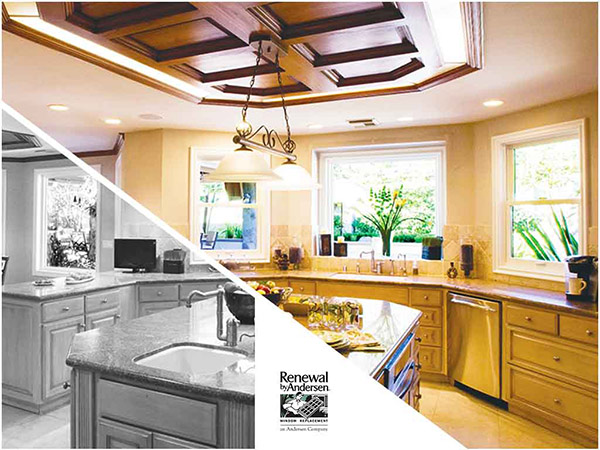
Understanding the Impact of High Humidity on Kitchen Design
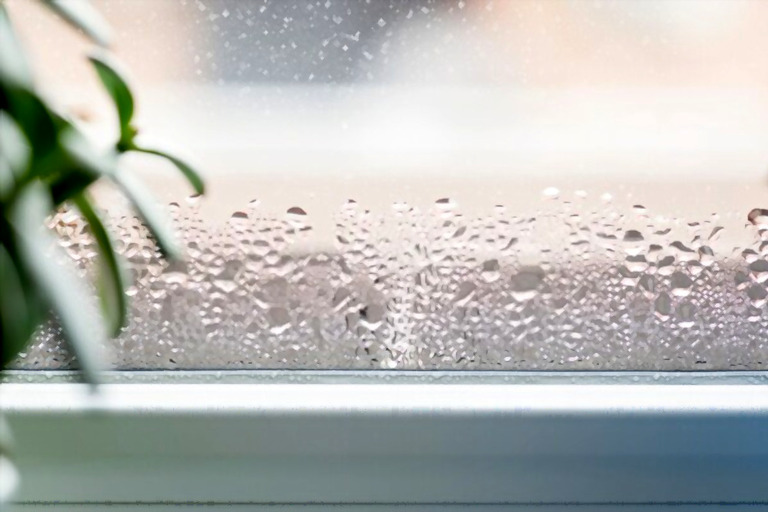
High humidity is a common issue in many homes, especially in areas with warmer climates or during the summer months. While it can cause discomfort and damage to furniture and appliances, it can also significantly impact the design of your kitchen. The excess moisture in the air can lead to mold and mildew growth, warping of wood, and corrosion of metal surfaces. Therefore, it is essential to consider the effect of high humidity when designing your kitchen to ensure a functional and durable space.
Choosing the Right Materials
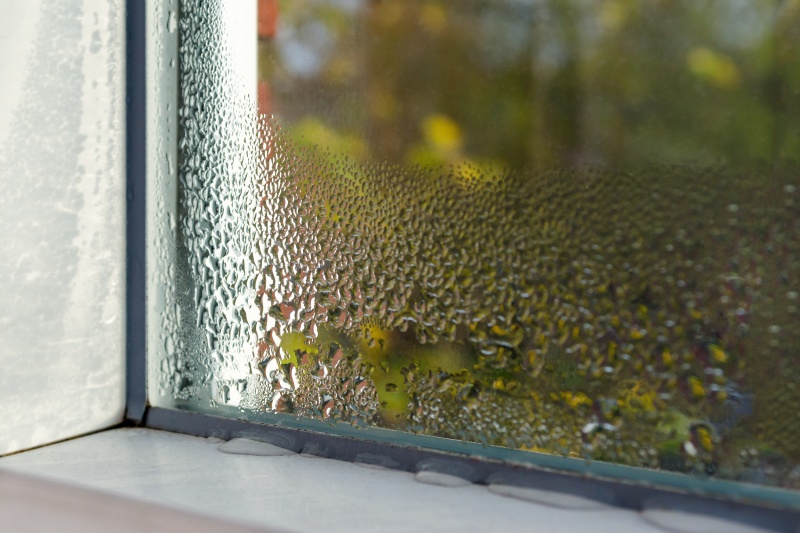
When it comes to kitchen design in high humidity environments, material selection is crucial. Water-resistant and moisture-proof materials are a must to avoid damage and ensure longevity. For cabinets and countertops, opt for materials such as stainless steel, plastic laminate, or sealed hardwood. These are not only resistant to moisture but also easy to clean and maintain. Avoid using natural materials like unsealed wood, as they are prone to warping and mold growth.
Proper Ventilation

To combat high humidity in the kitchen, proper ventilation is essential. A well-ventilated kitchen allows for the excess moisture to escape, reducing the risk of mold and mildew growth. Make sure your kitchen has a functional range hood that vents outside, and consider installing a dehumidifier to regulate the humidity levels. Additionally, having windows in the kitchen can also aid in air circulation and reduce humidity.
Layout Considerations

In a high humidity environment, it is essential to consider the layout of your kitchen to prevent moisture buildup. Avoid placing appliances too close together, as this can trap moisture and lead to mold growth






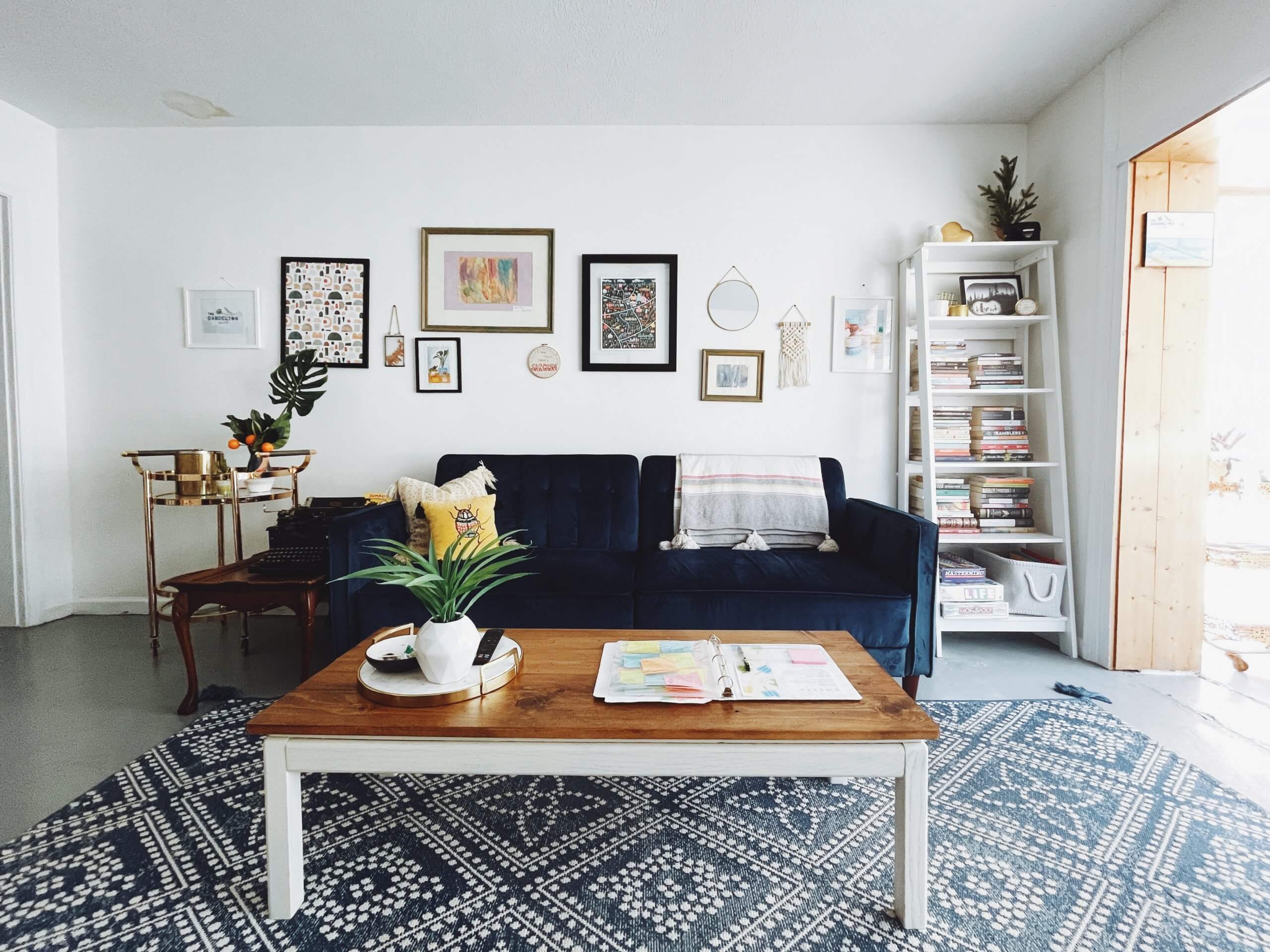


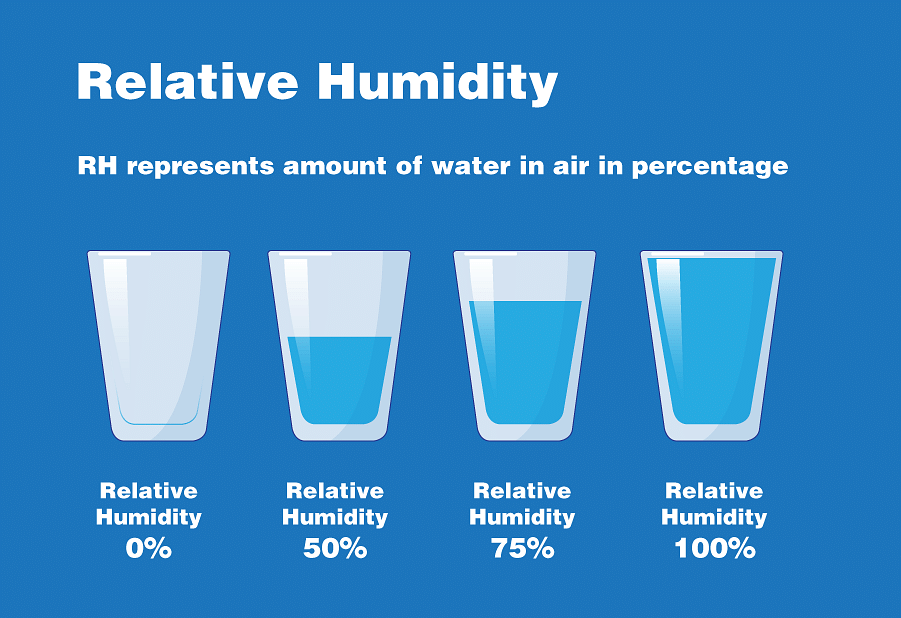

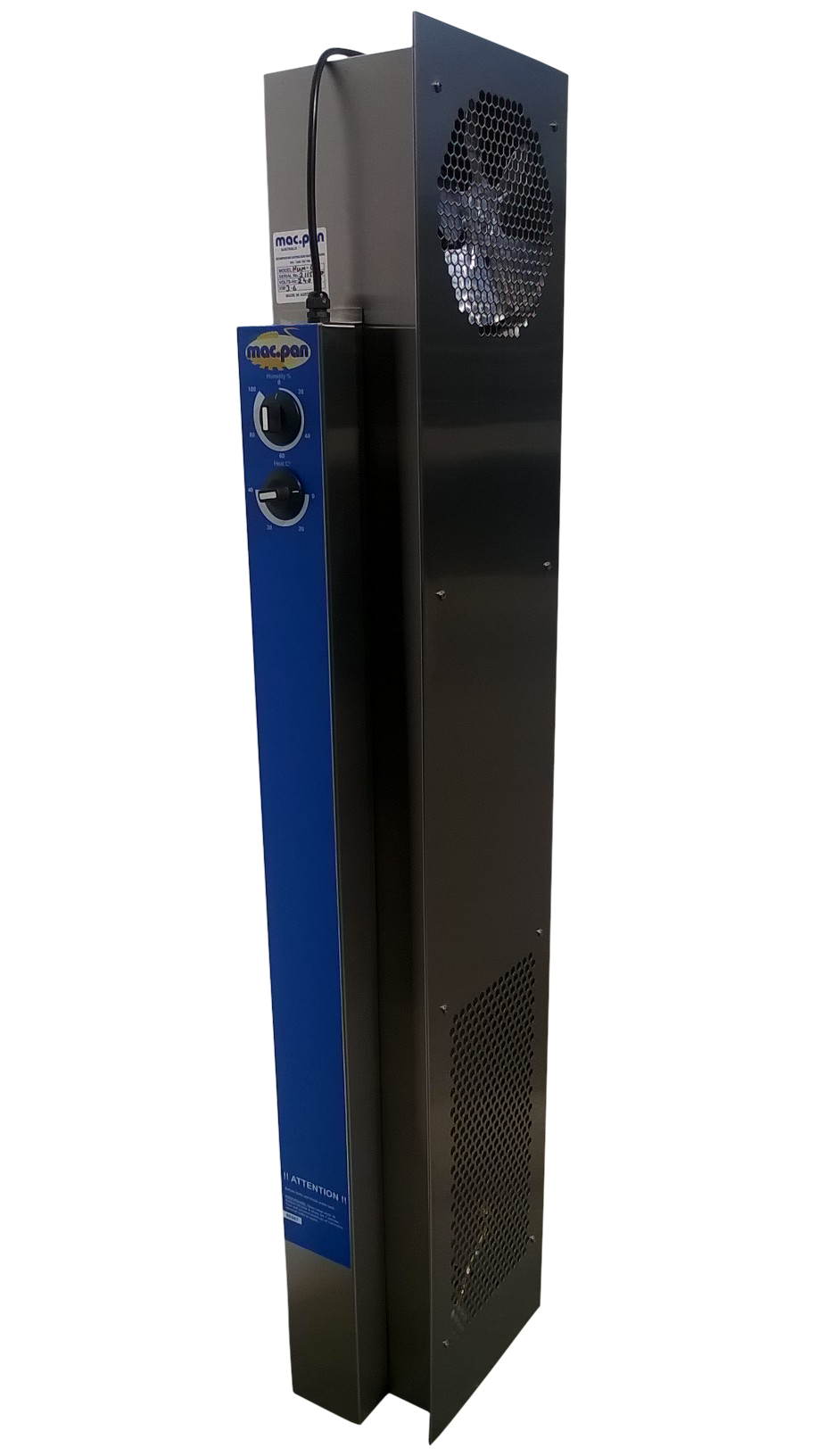


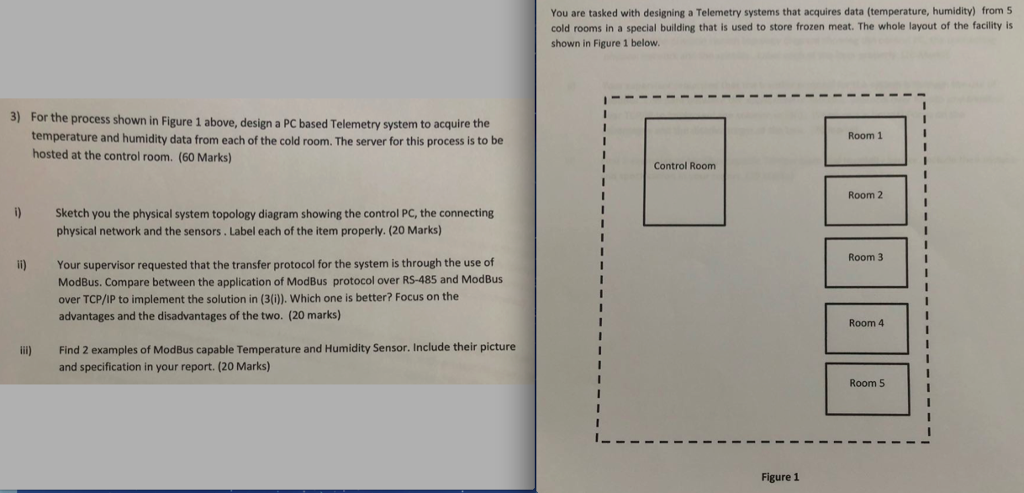
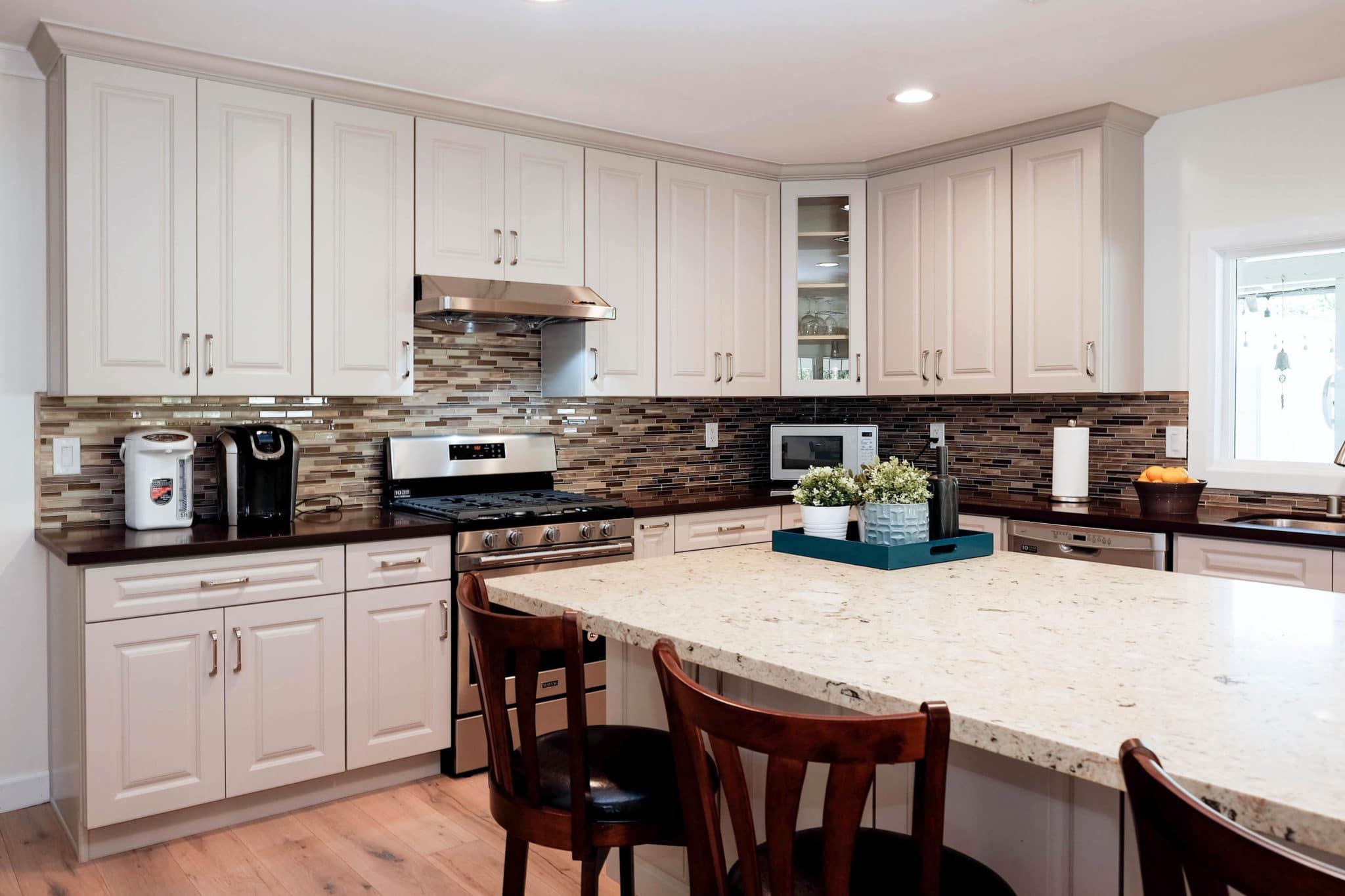




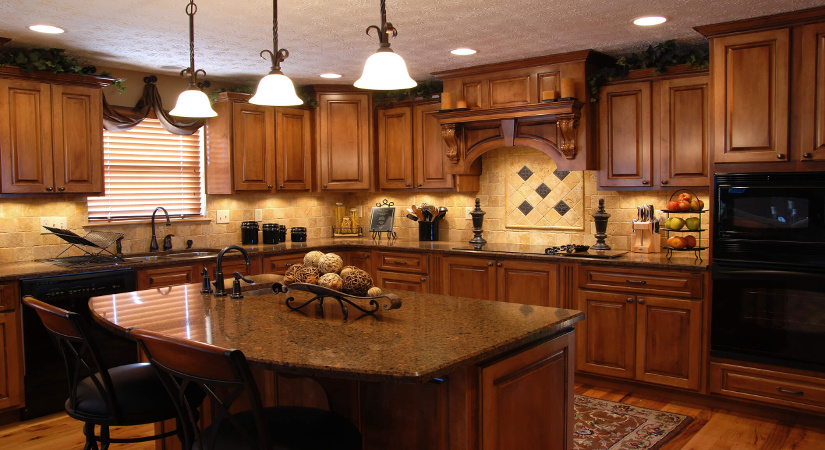
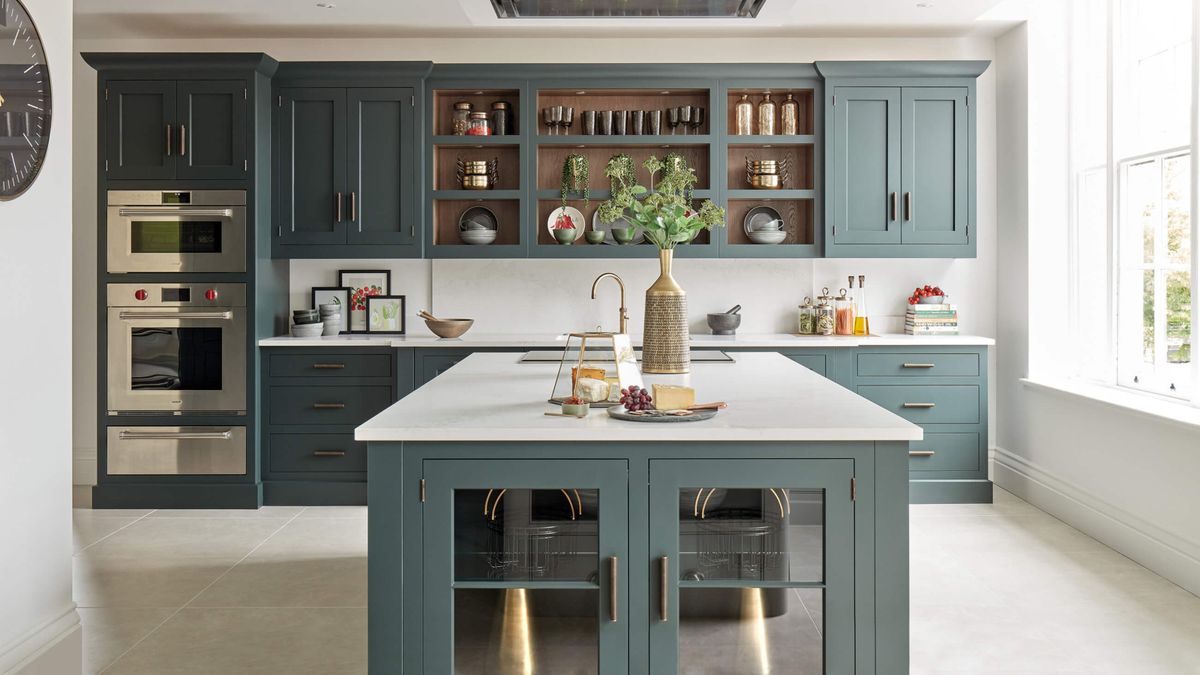
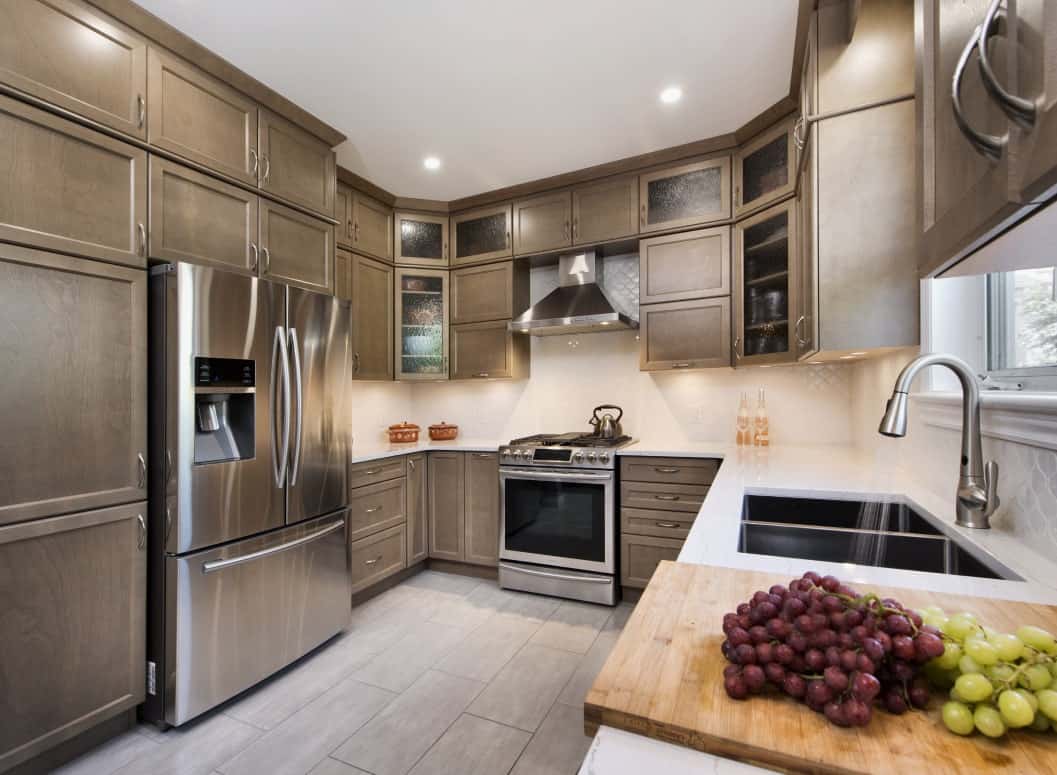
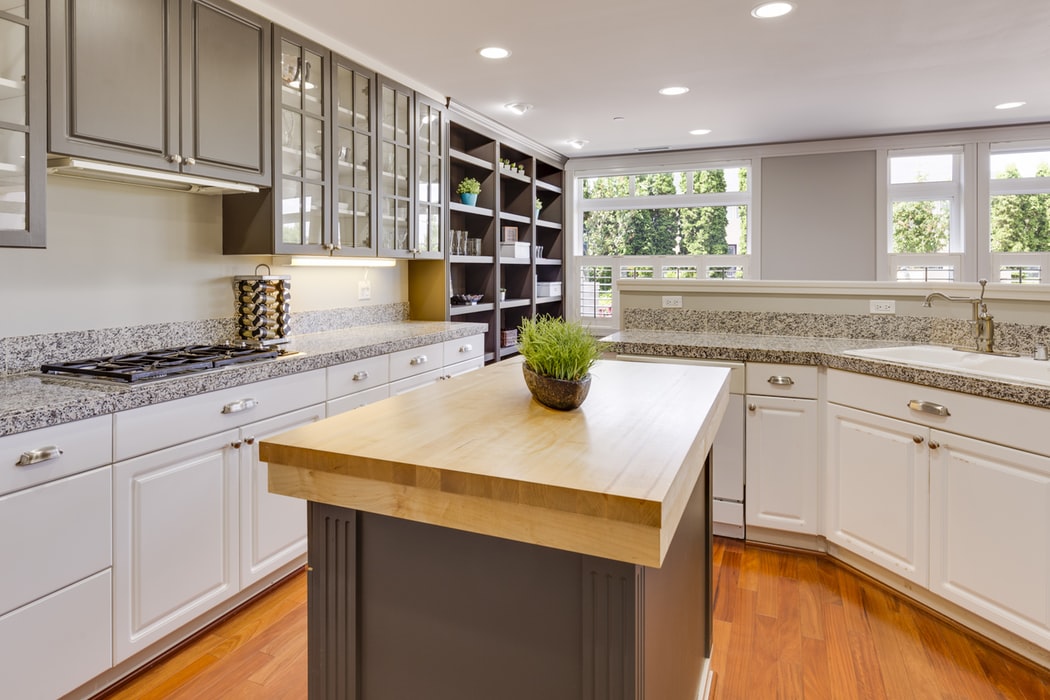
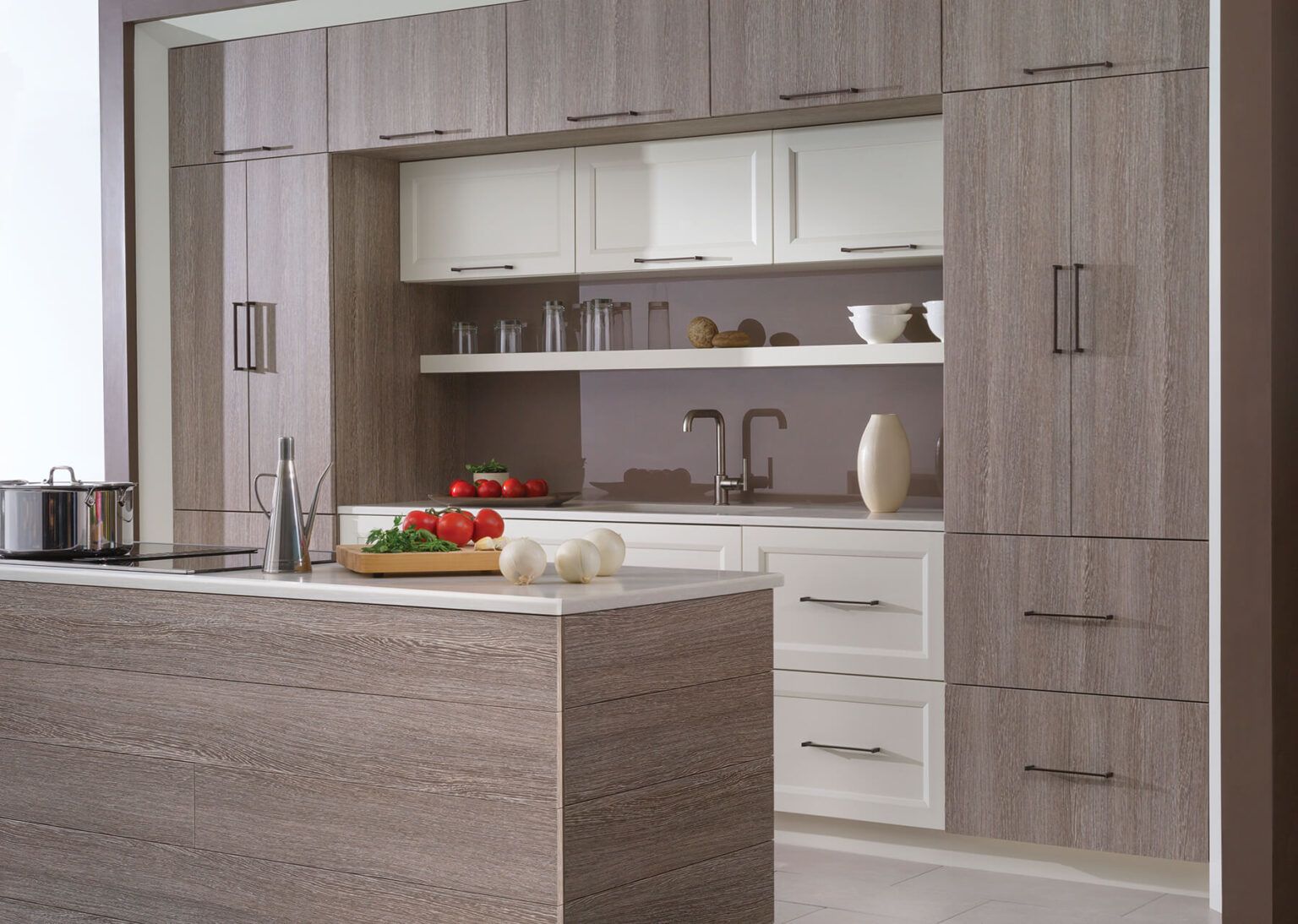
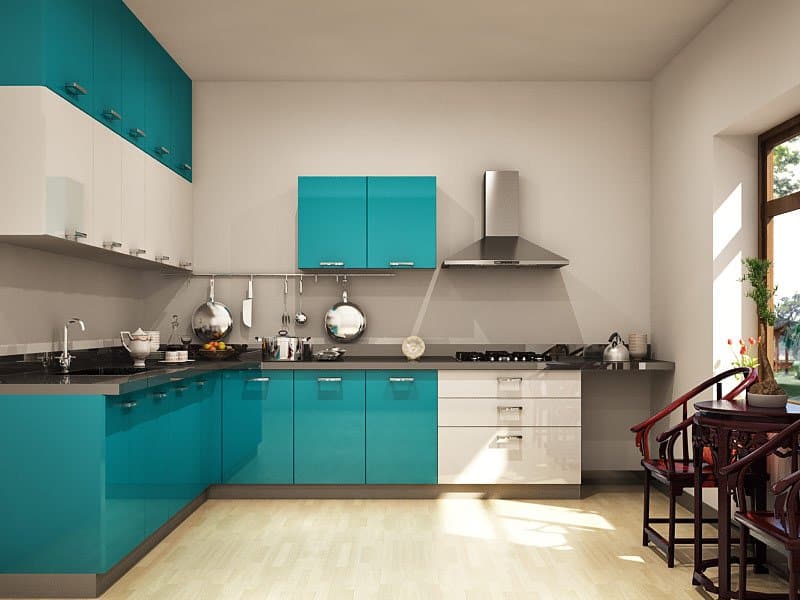
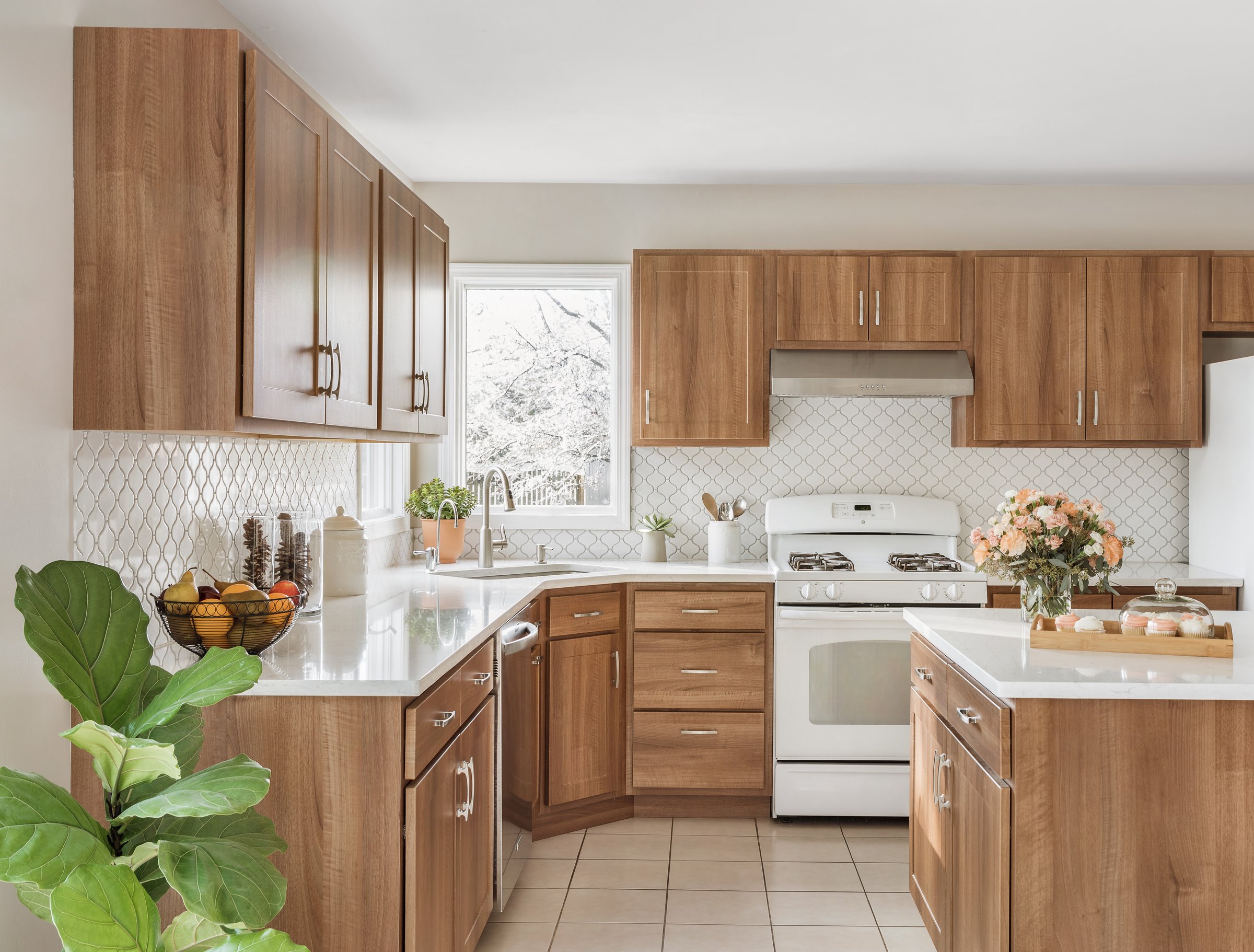
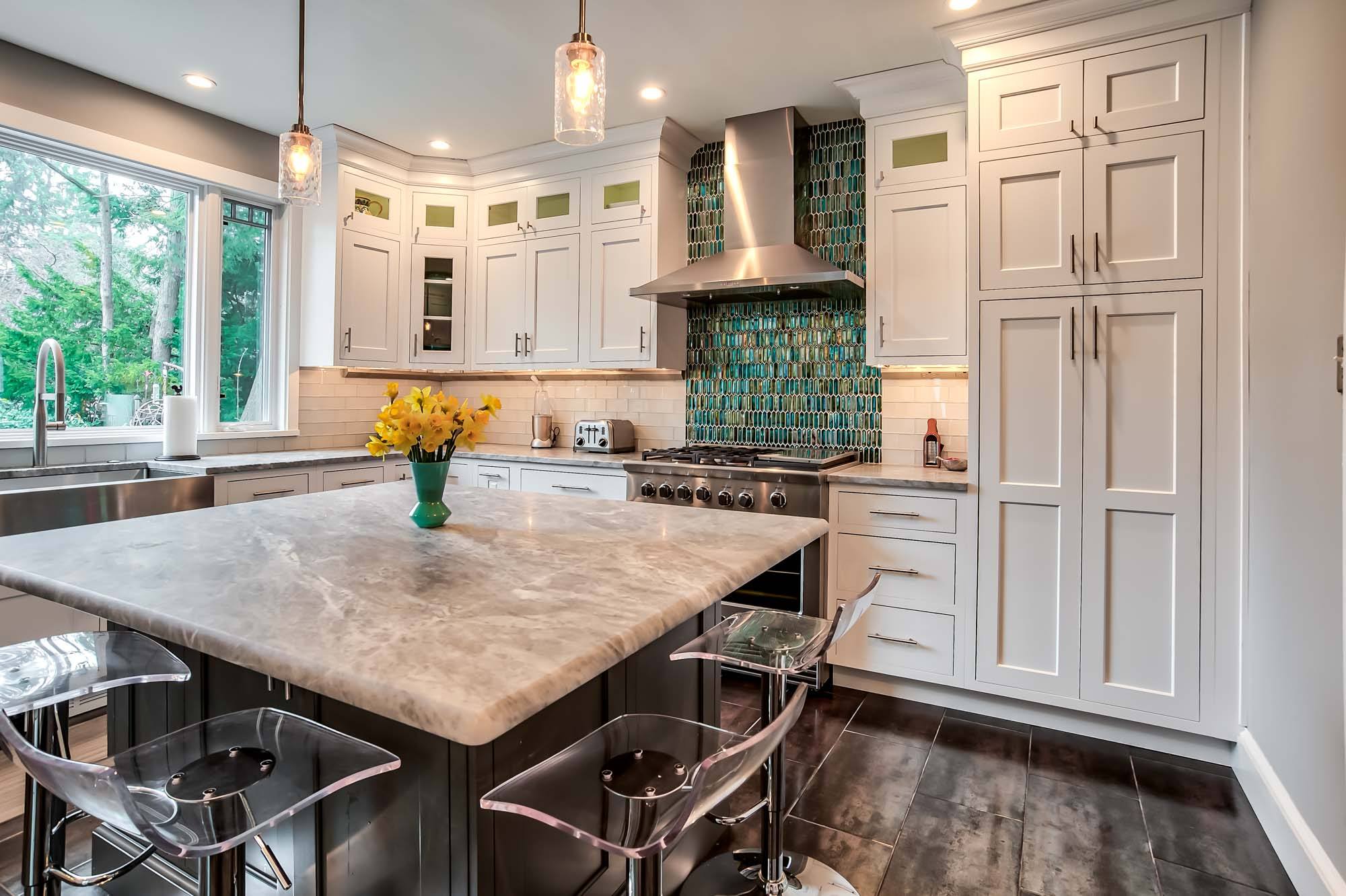







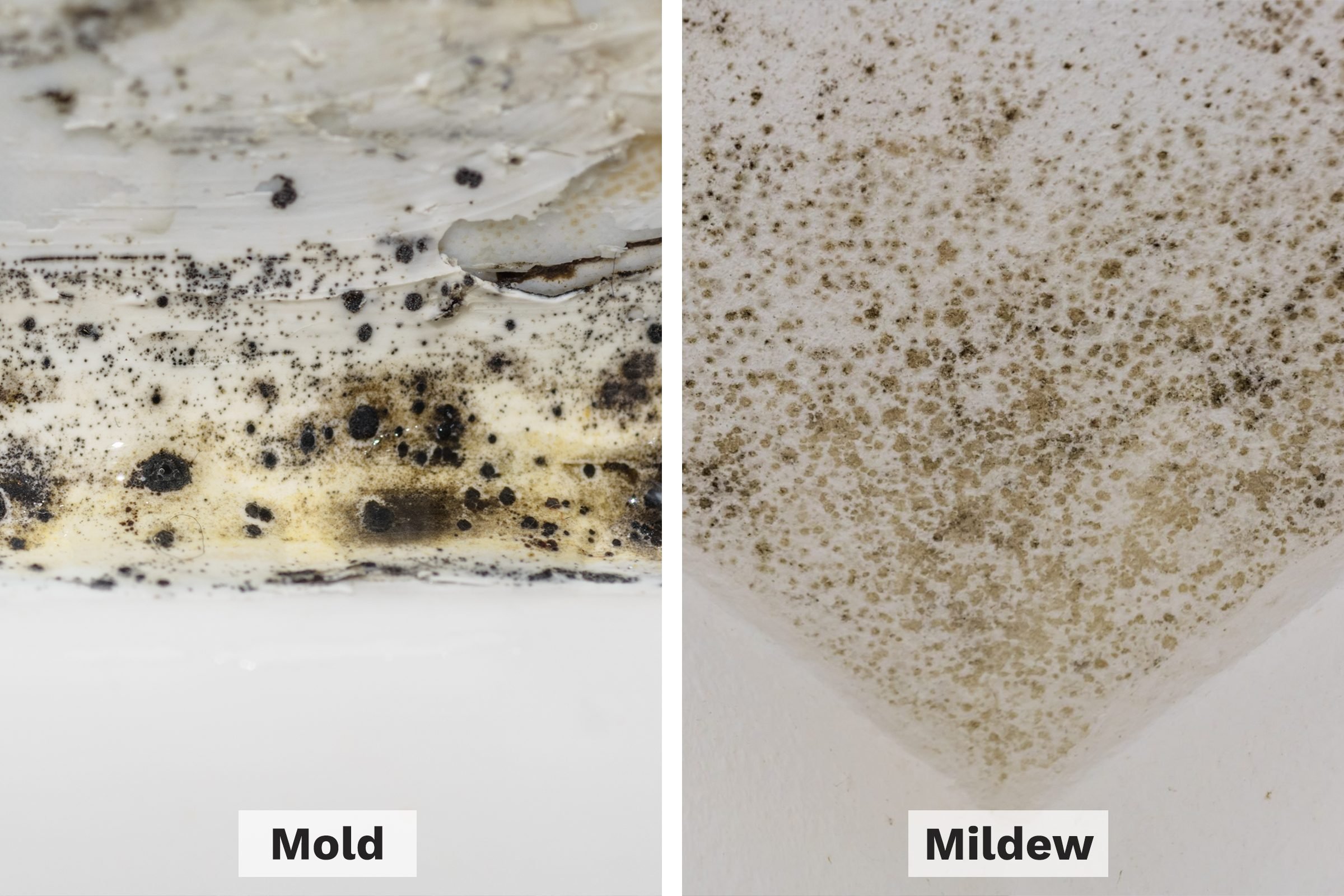
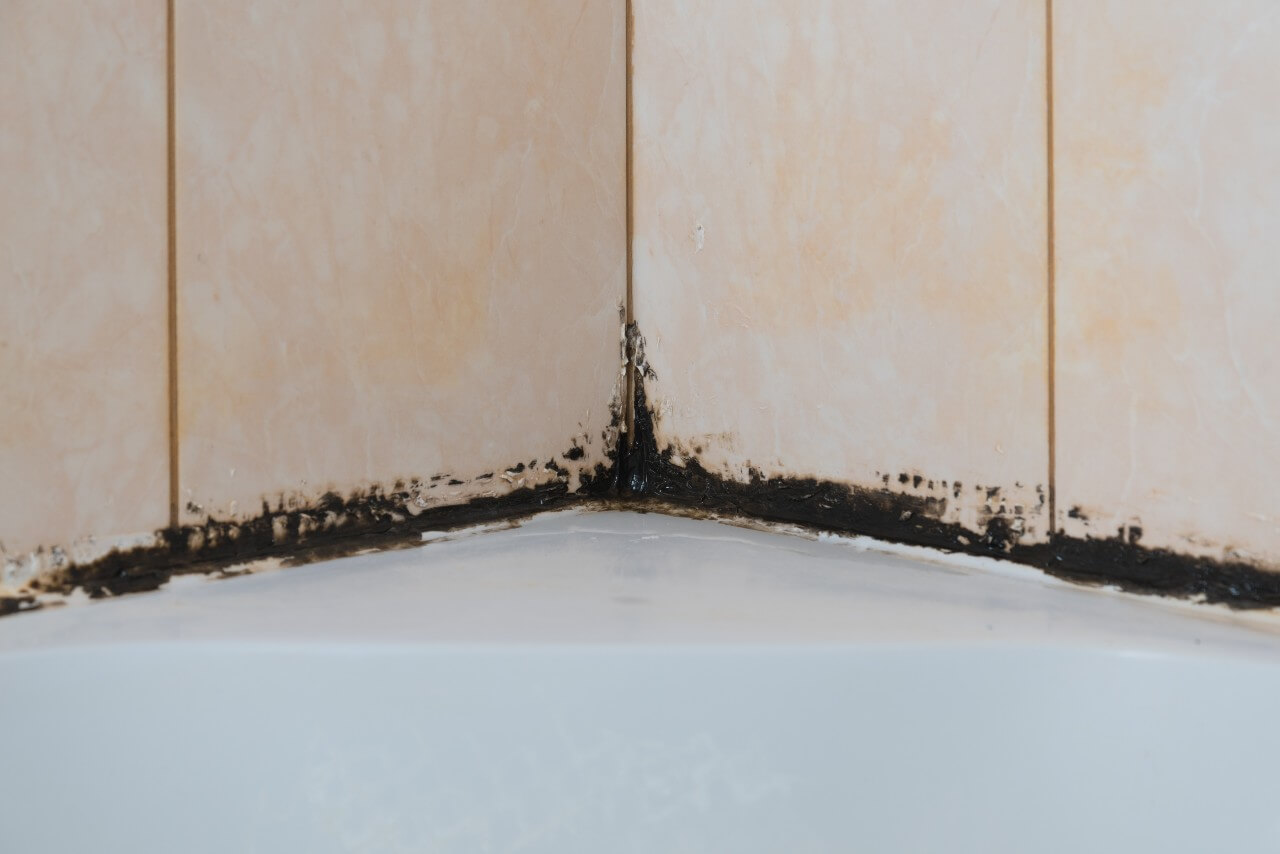
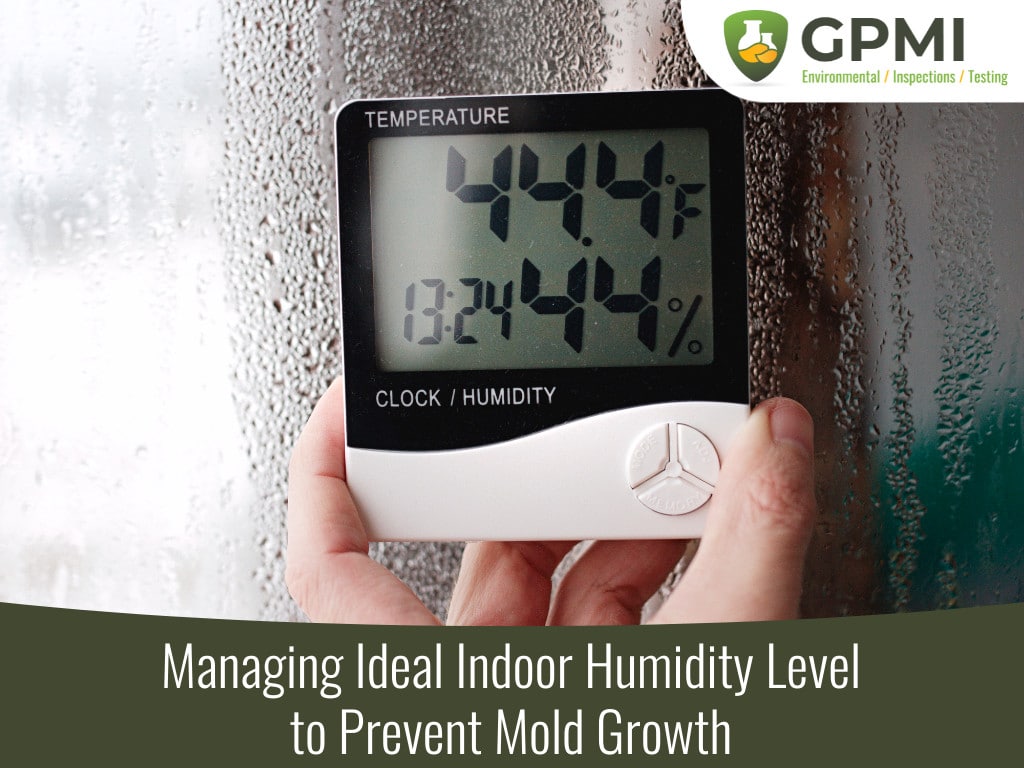

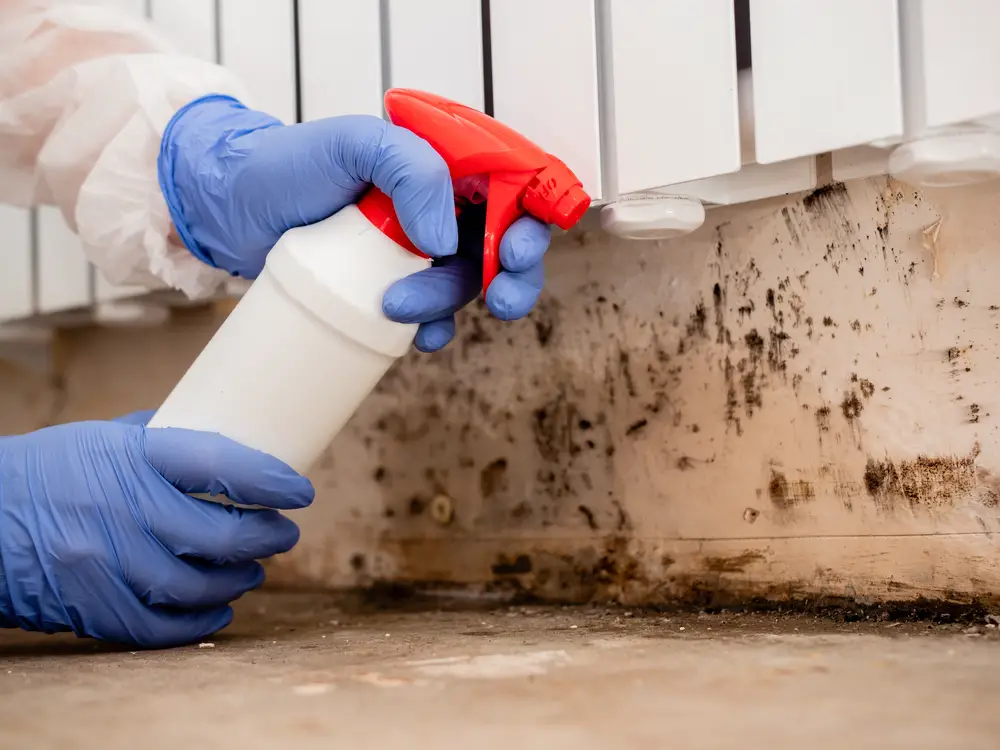

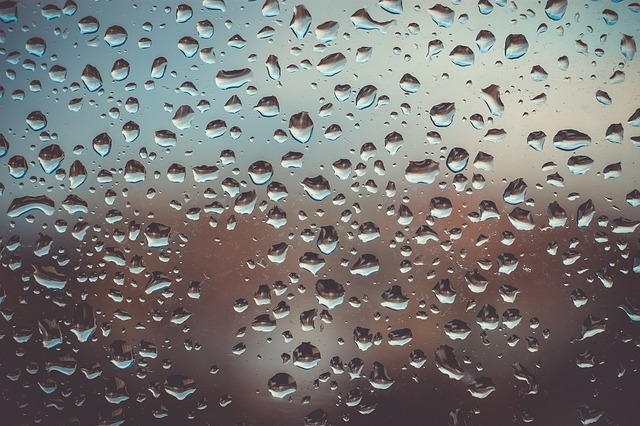
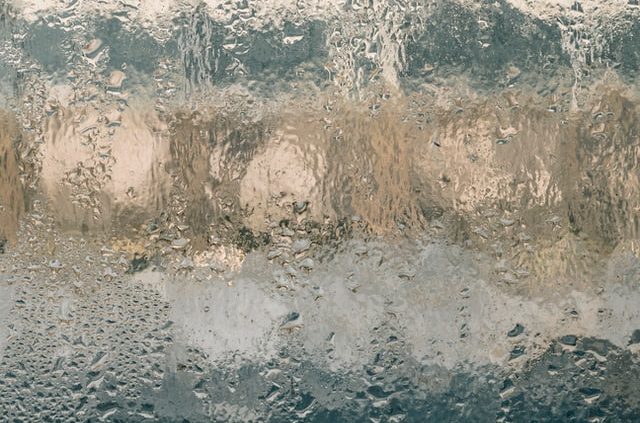


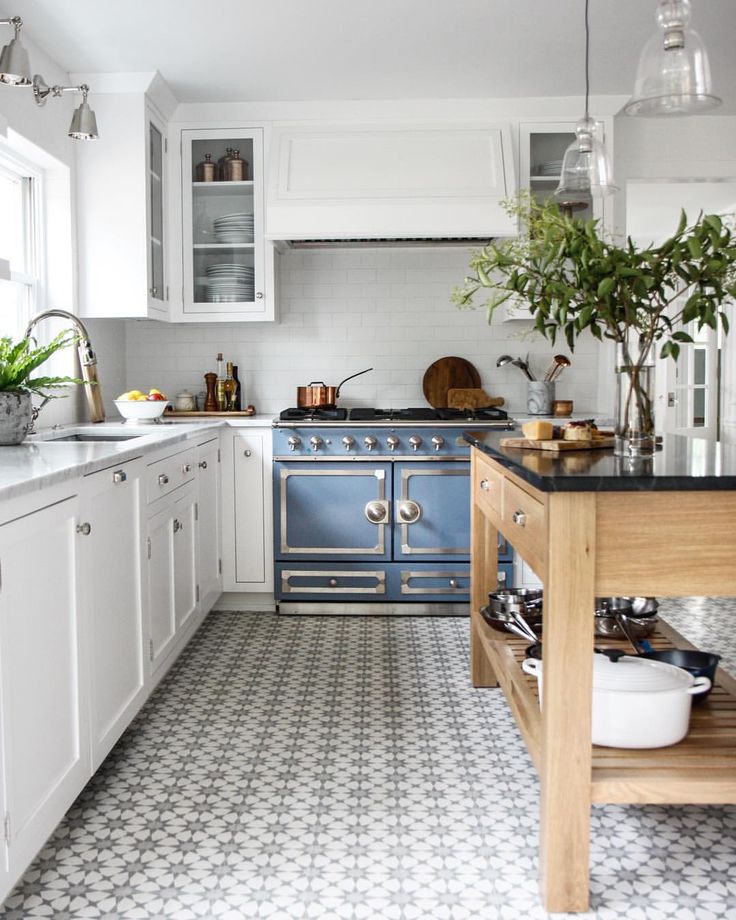
:max_bytes(150000):strip_icc()/kitchen-with-cork-floors-528388274-5849d3765f9b58a8cdd12f67-5c0d507f46e0fb000120ac31.jpg)
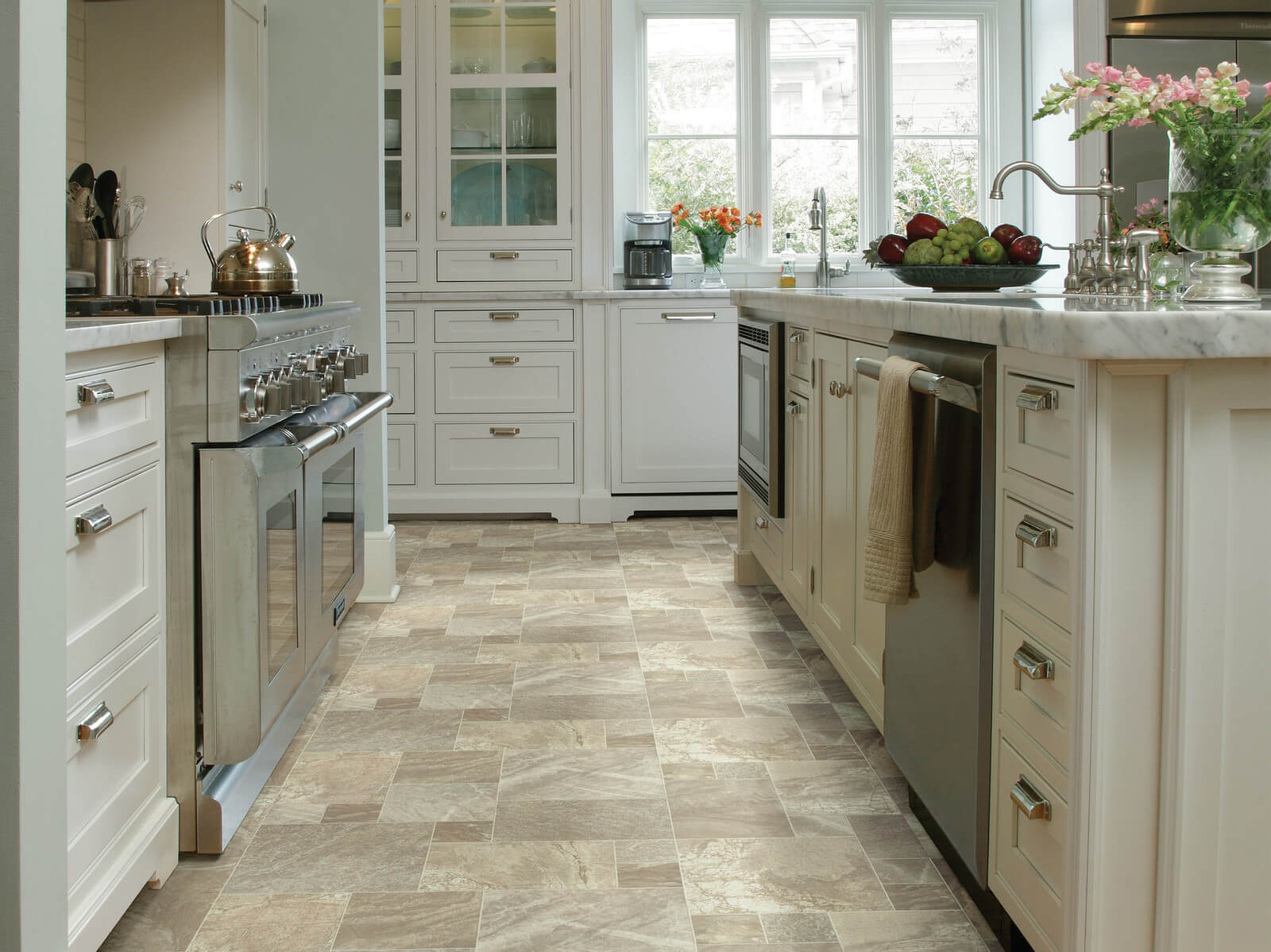
/GettyImages-625163534-5c4f1804c9e77c00014afbb5.jpg)









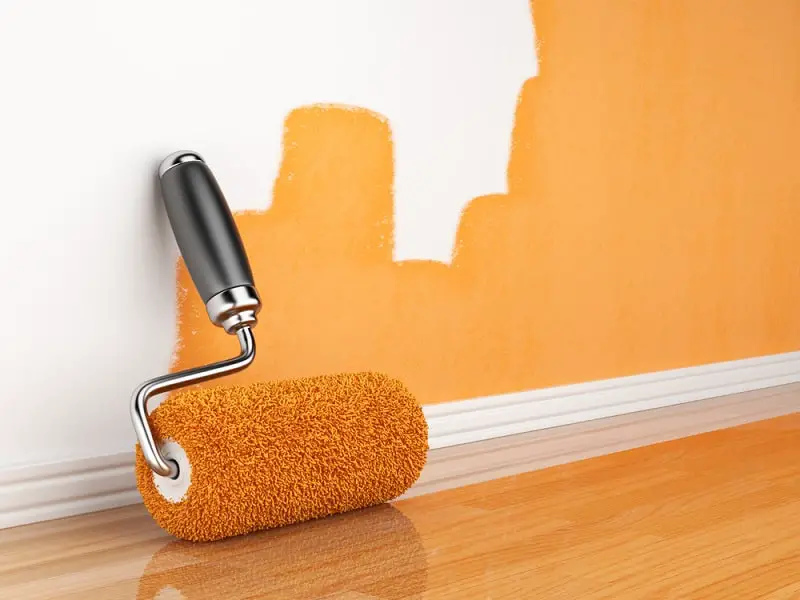

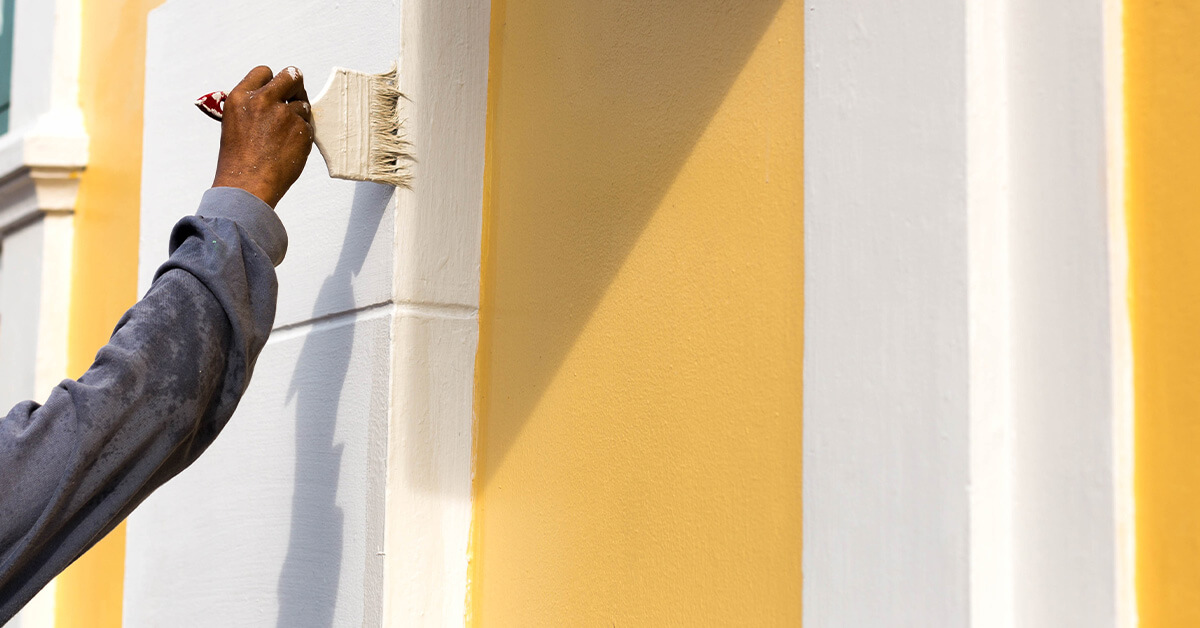

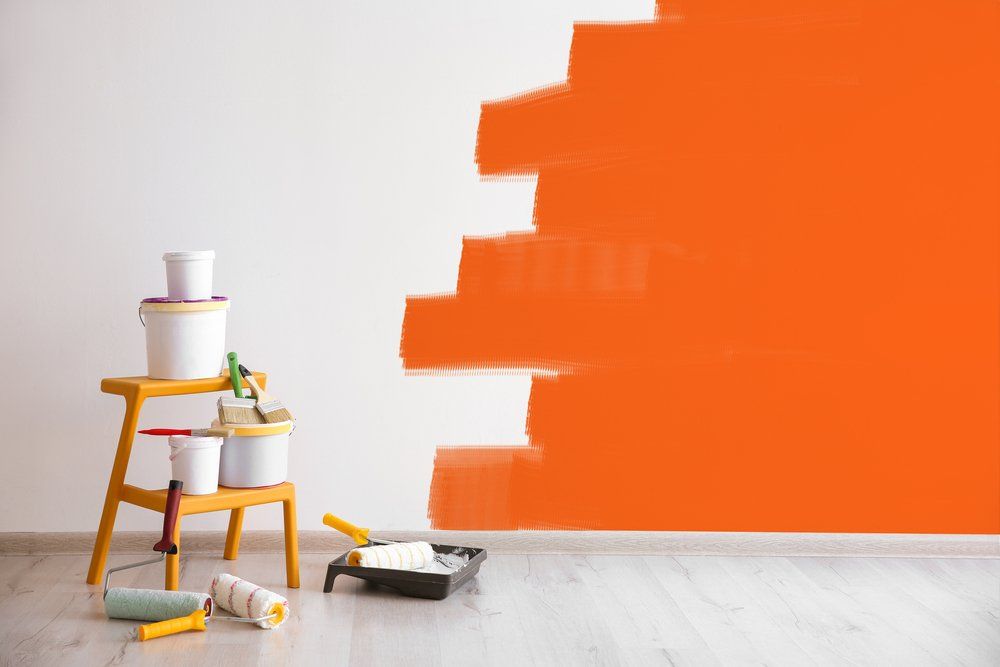
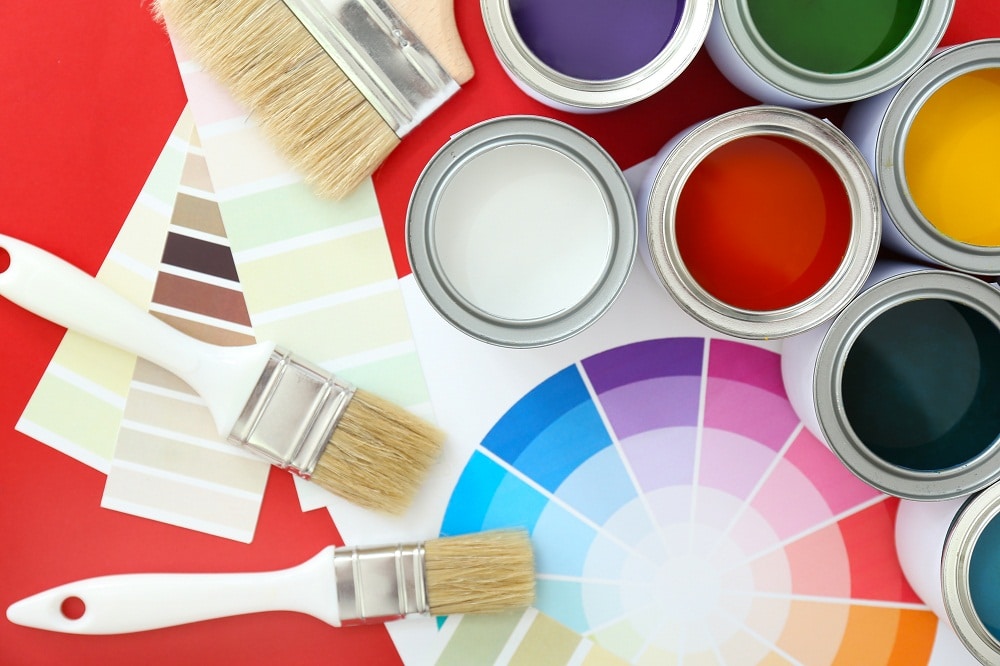
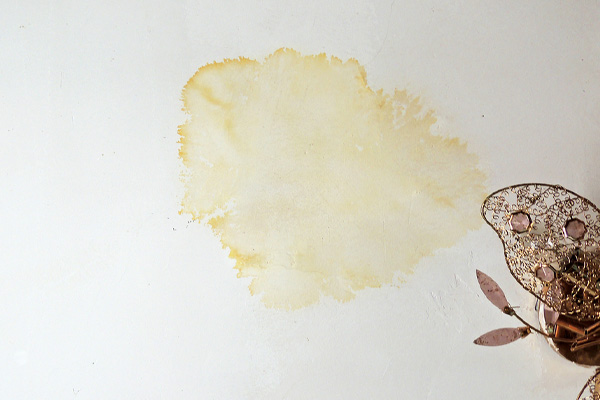
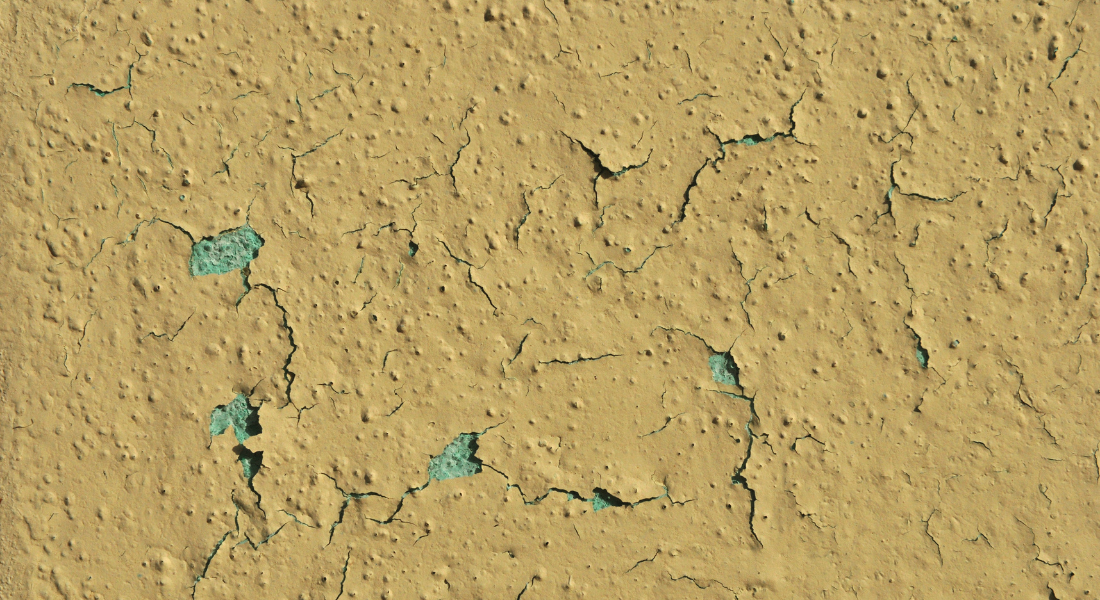

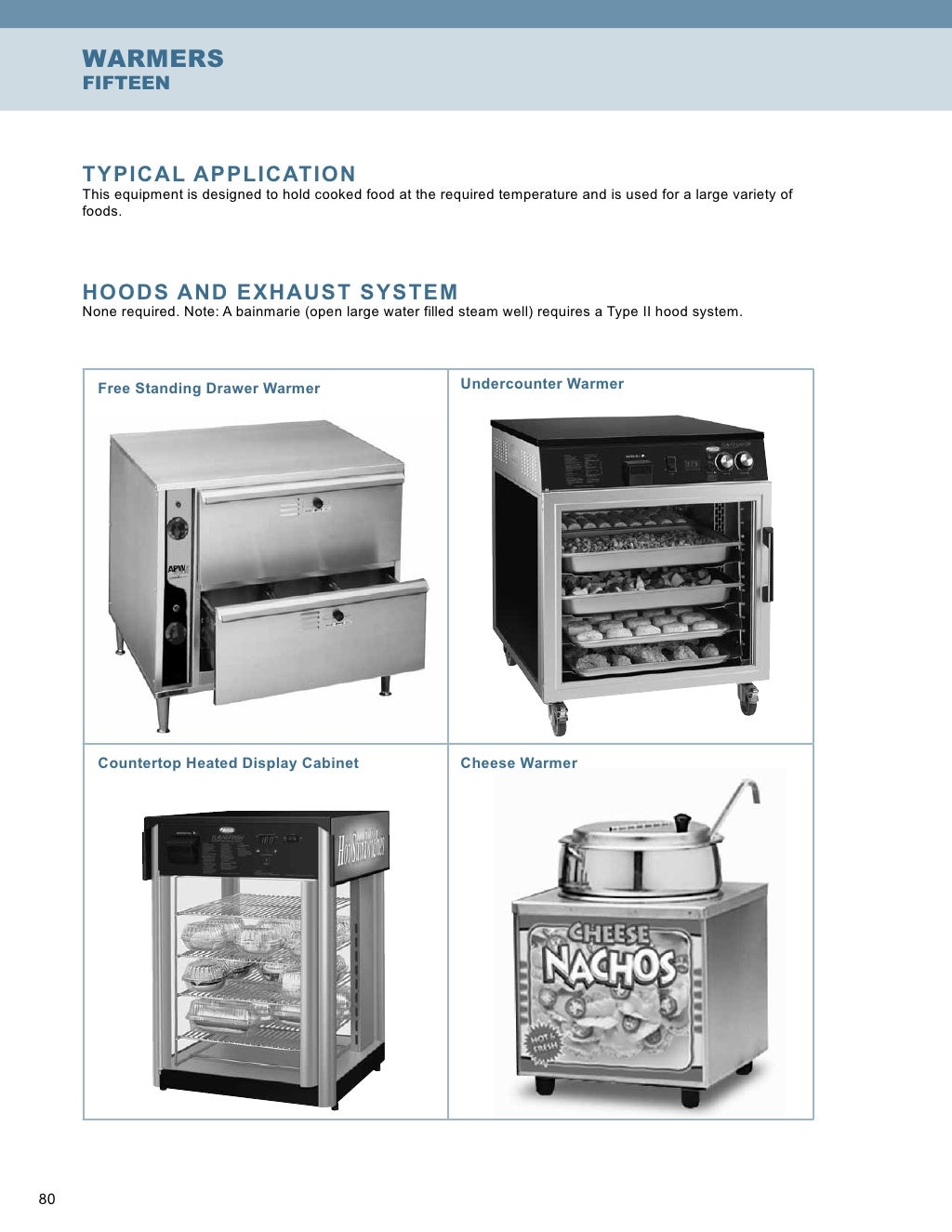
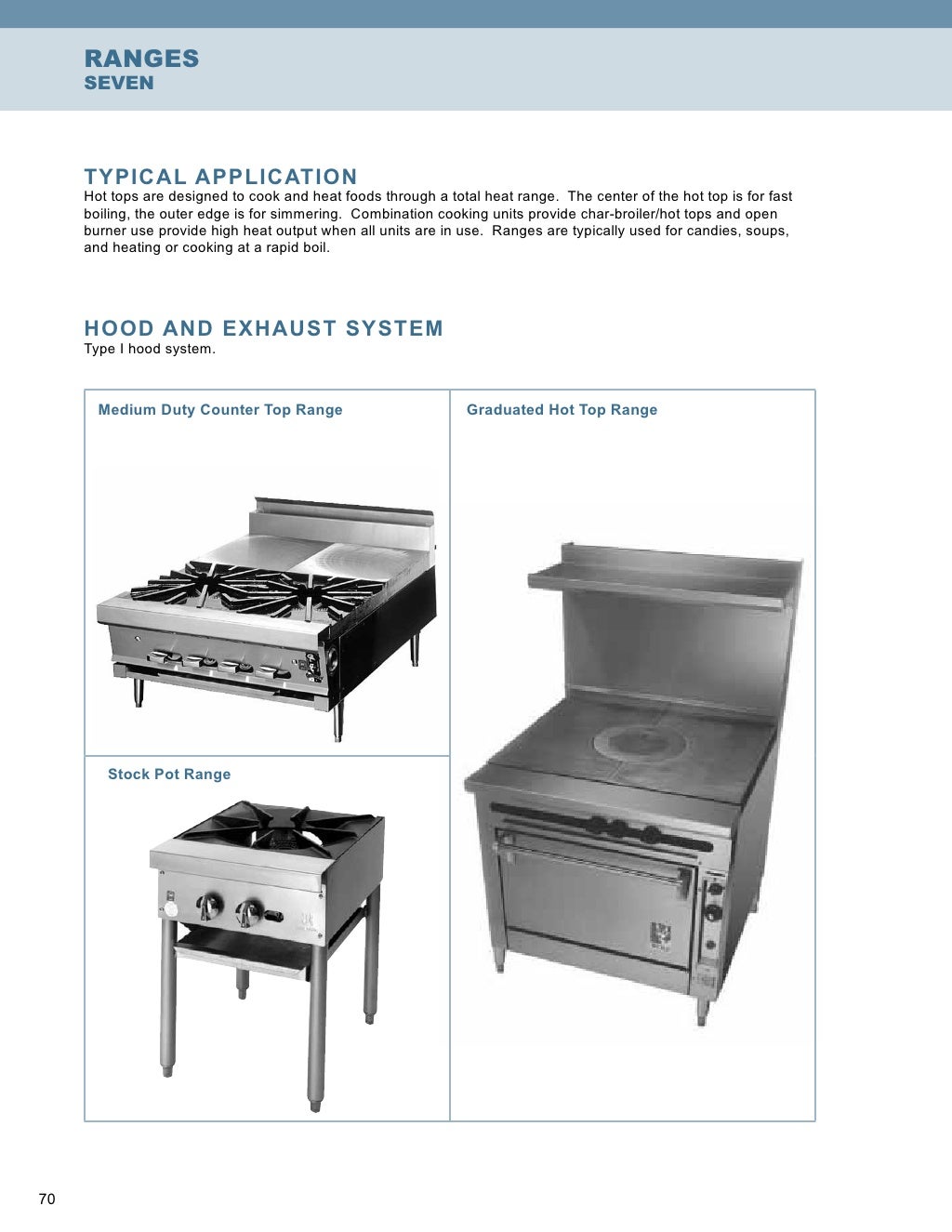
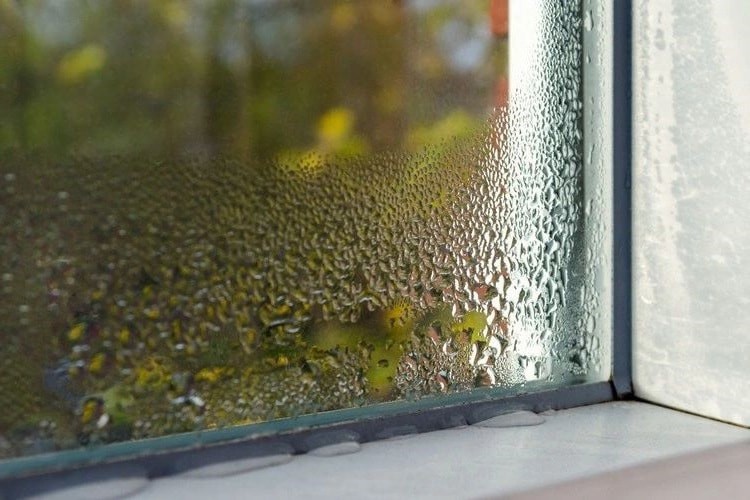


/6d/b7/38e82a916599f6564180b65338f5.jpeg)

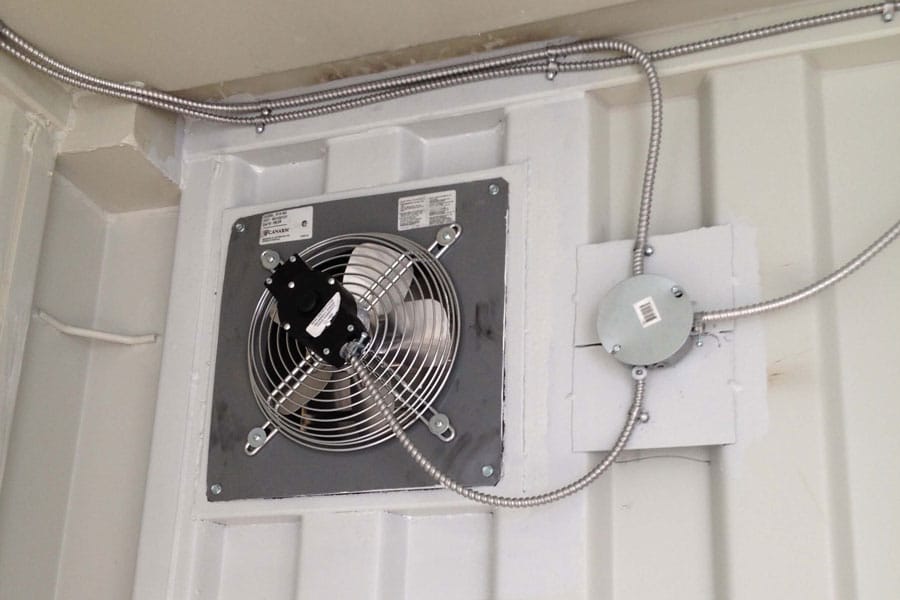

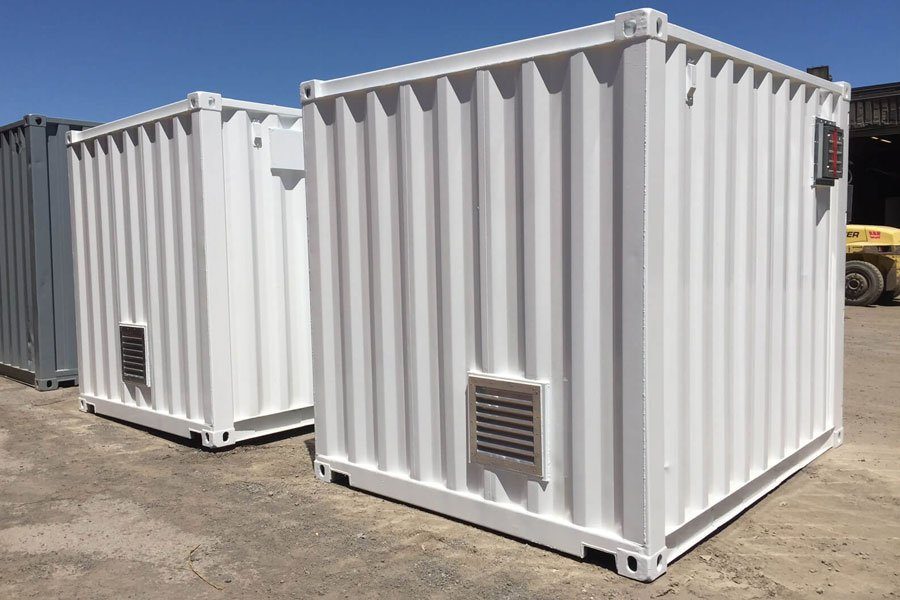


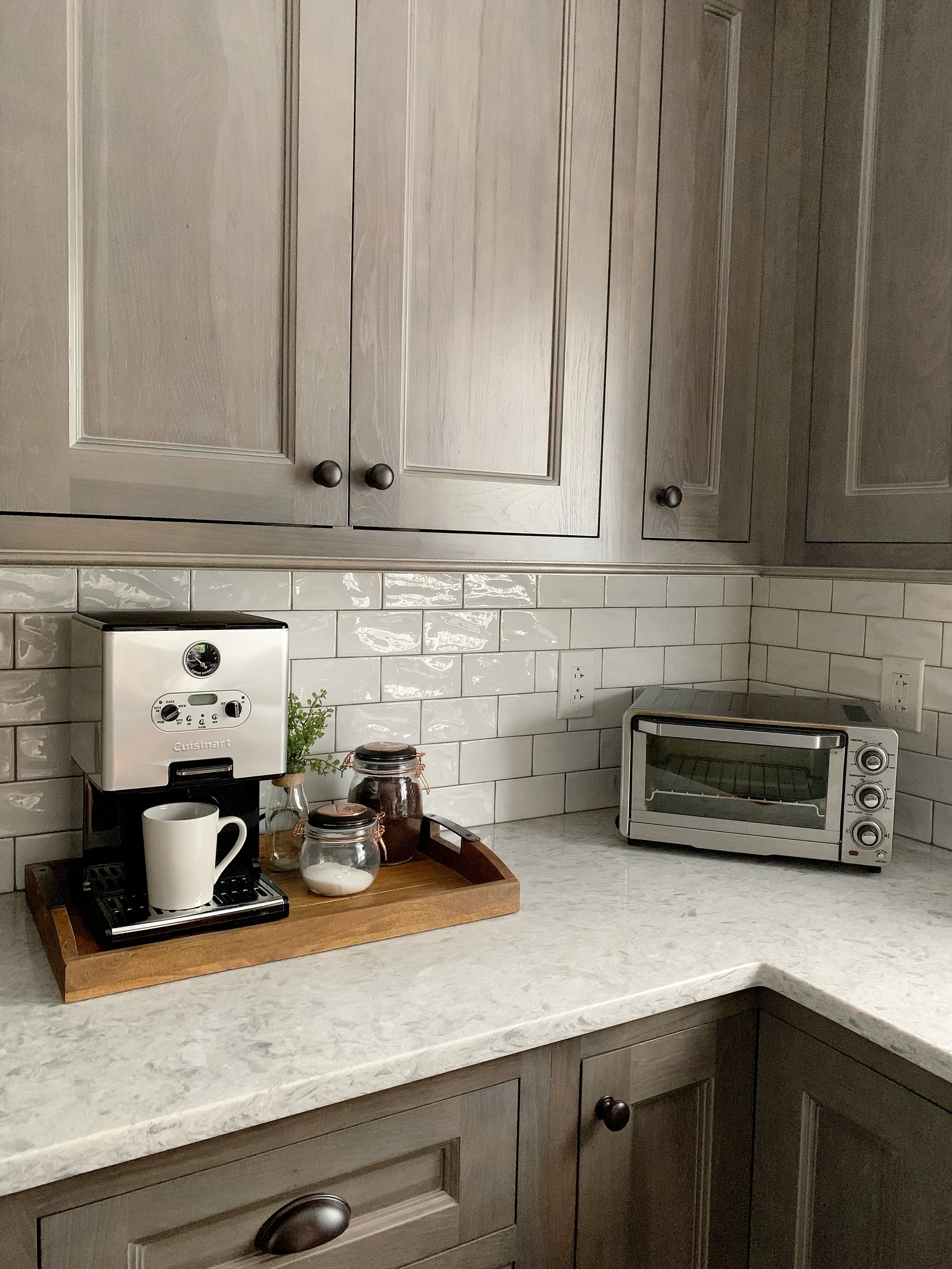
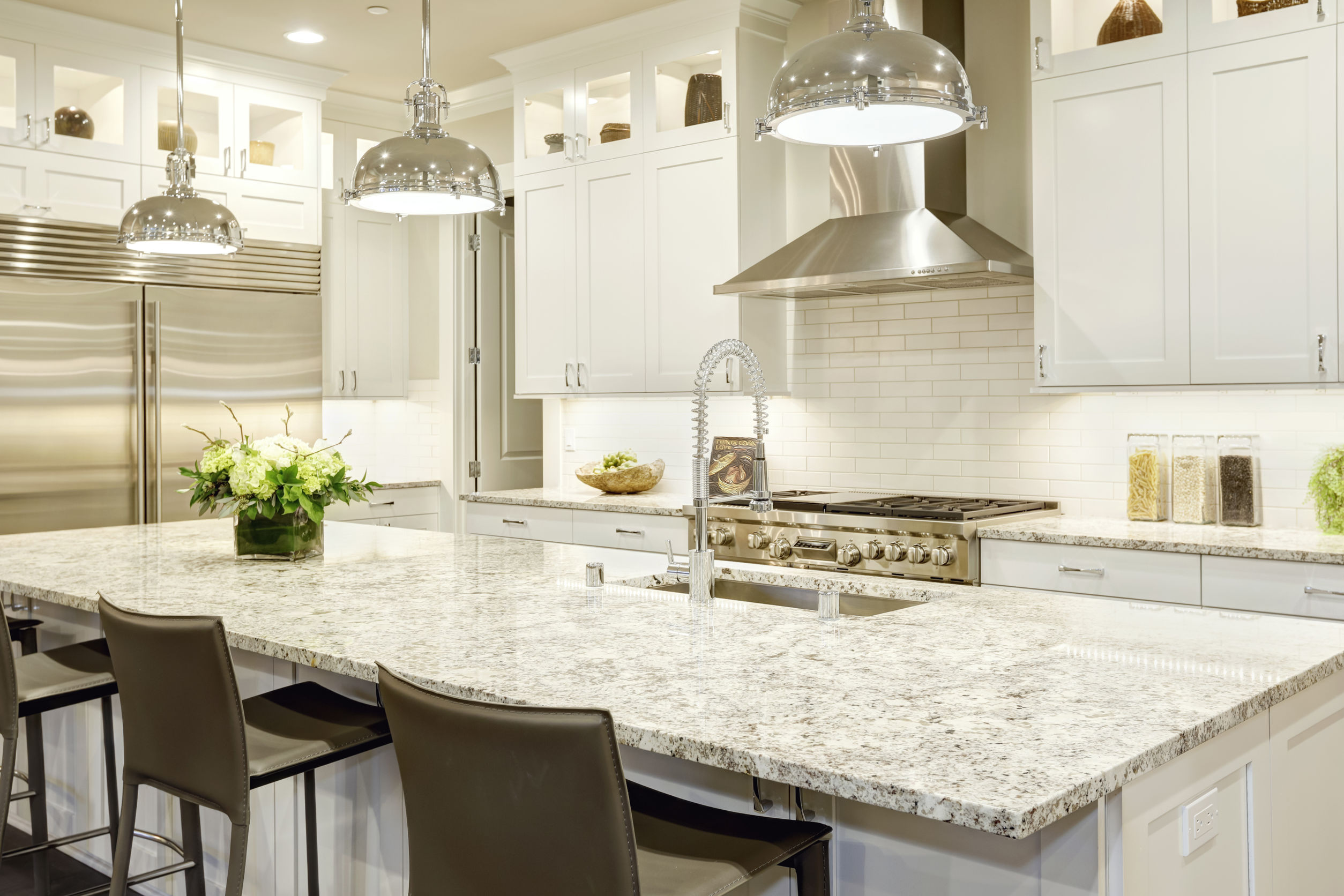

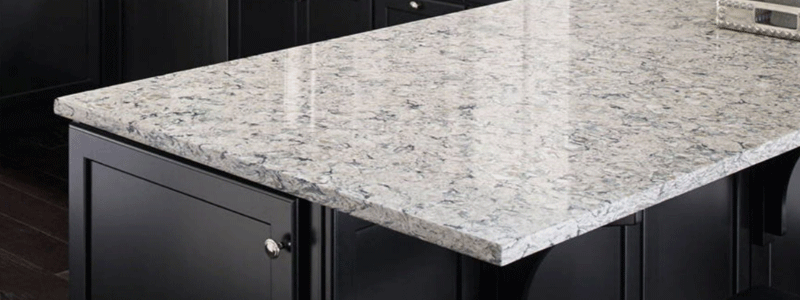
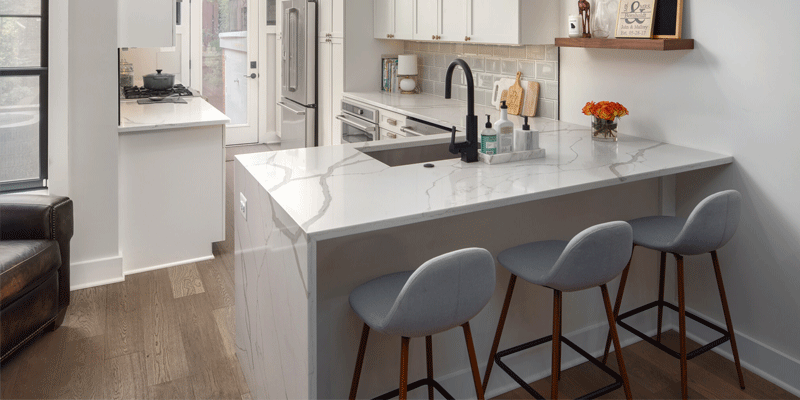
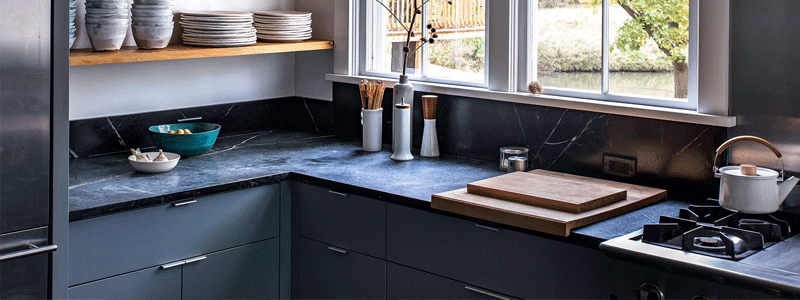
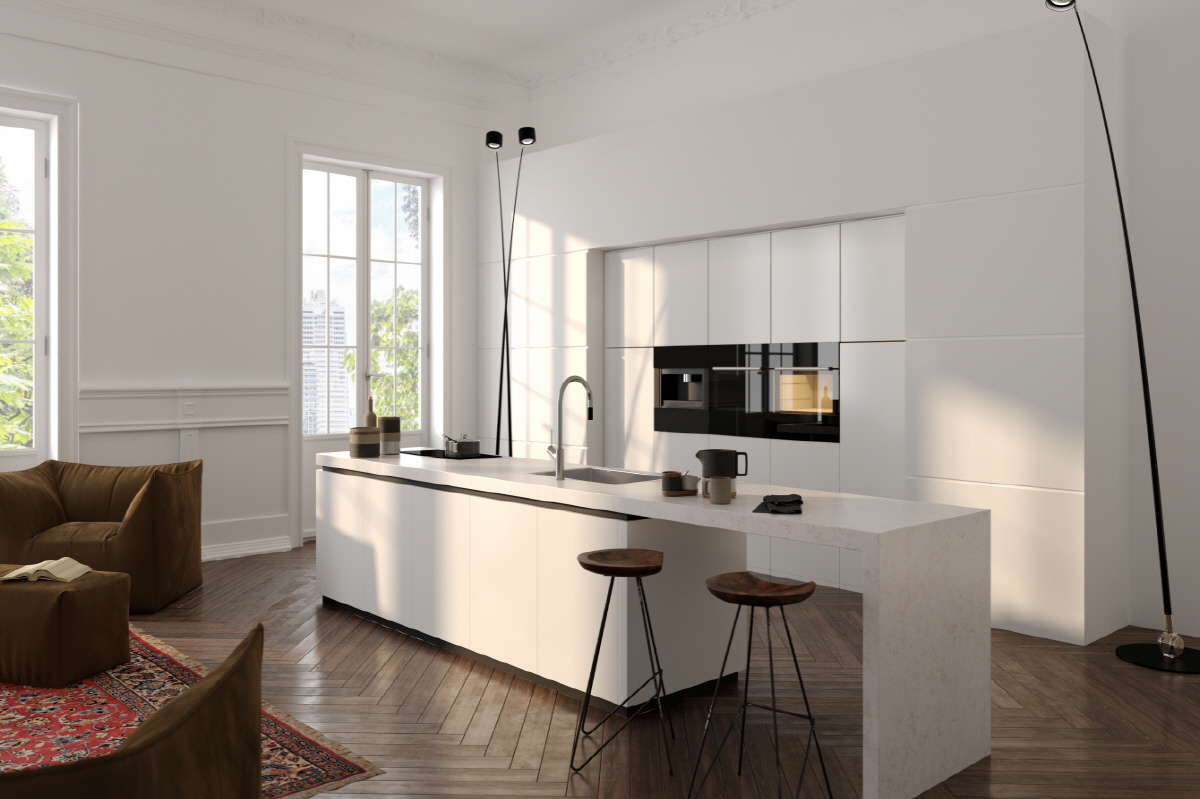
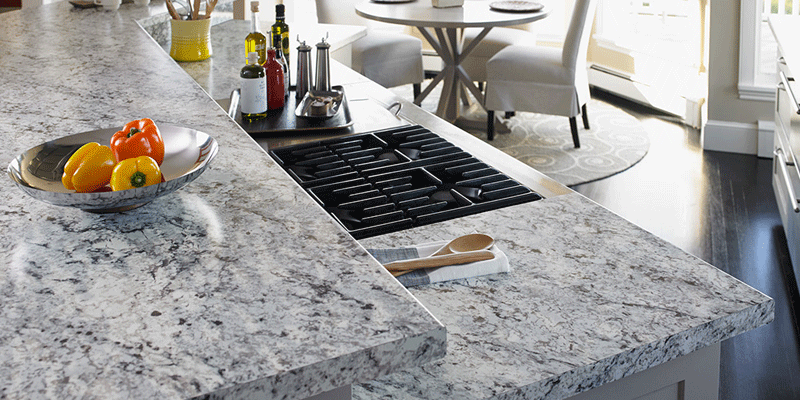



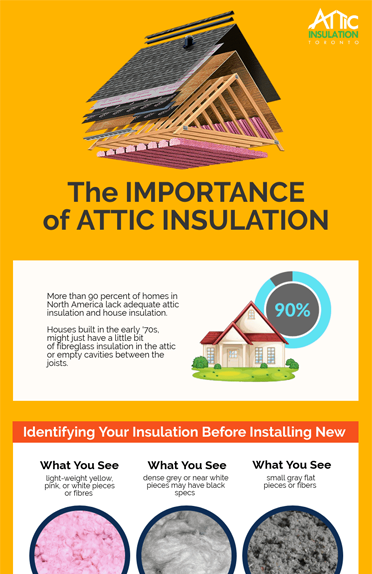
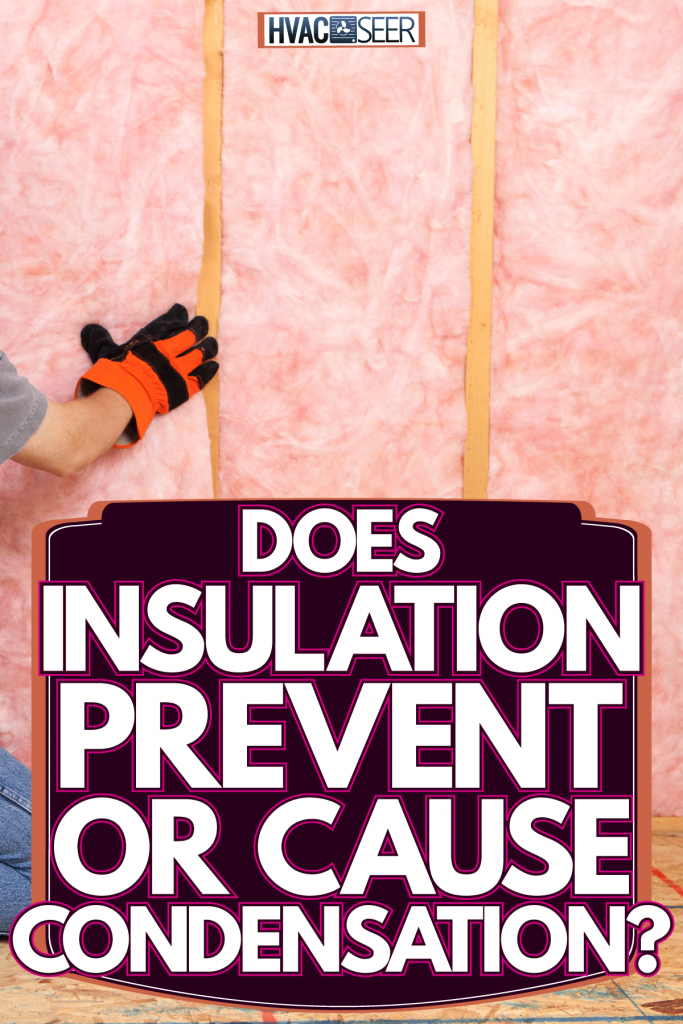
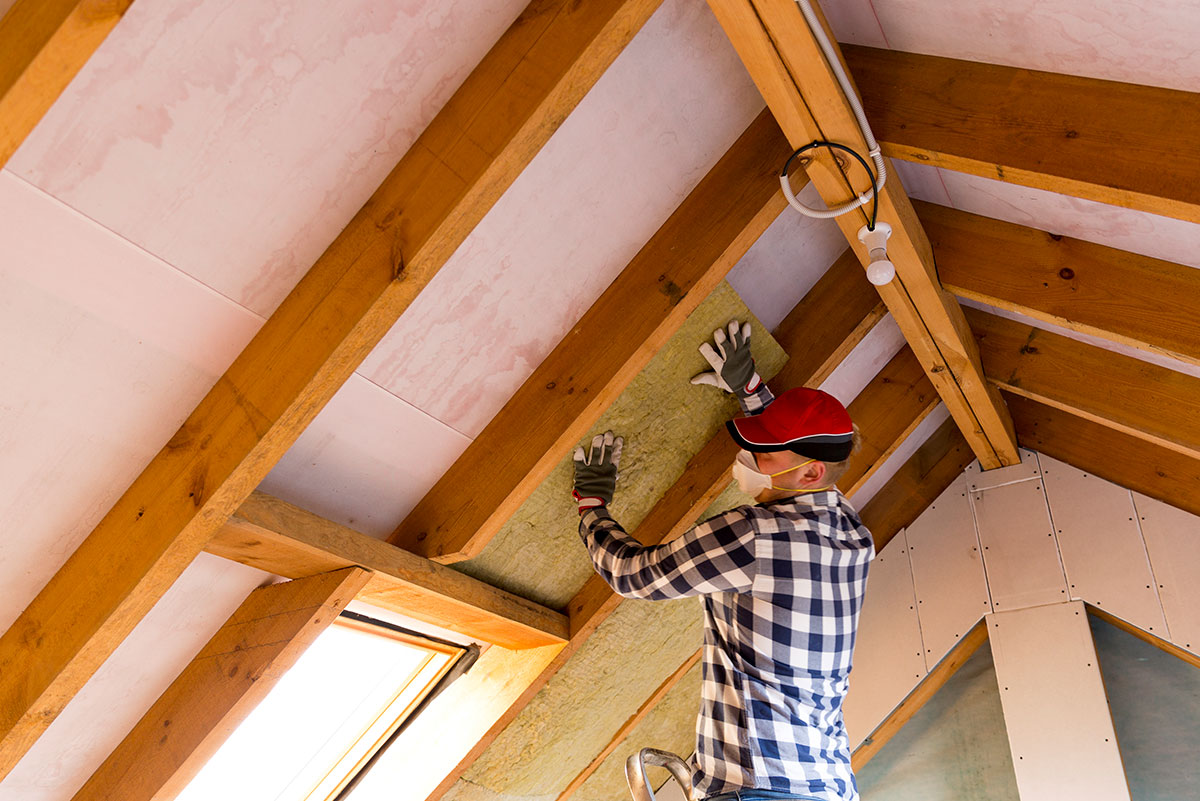



.png)






